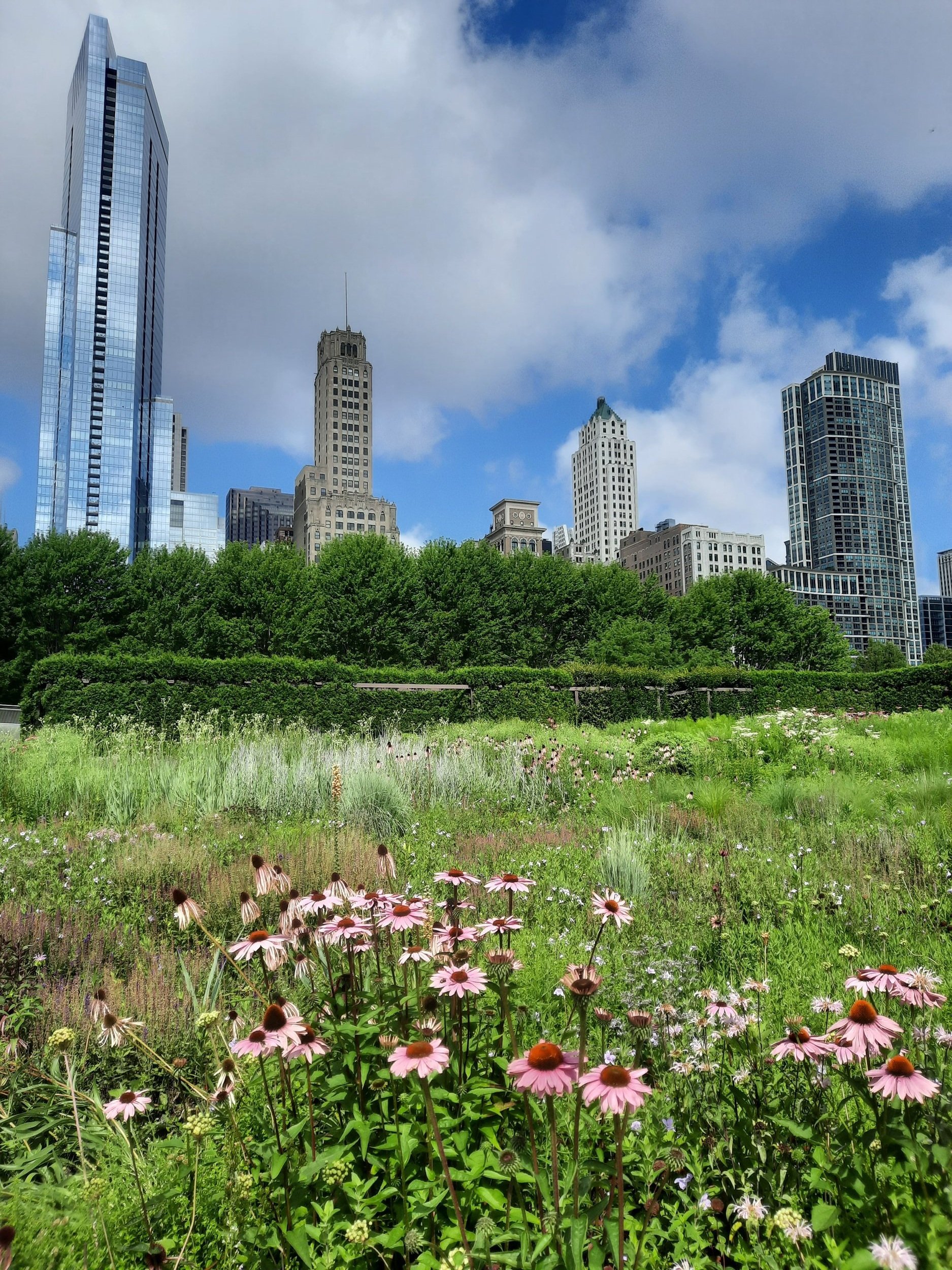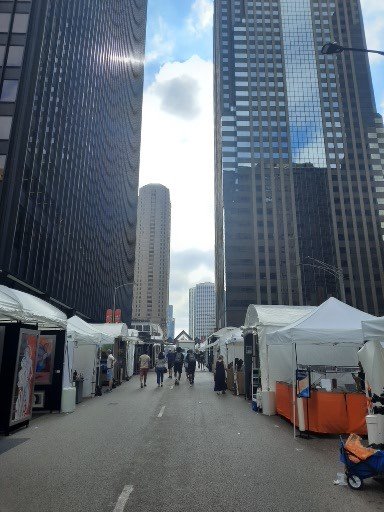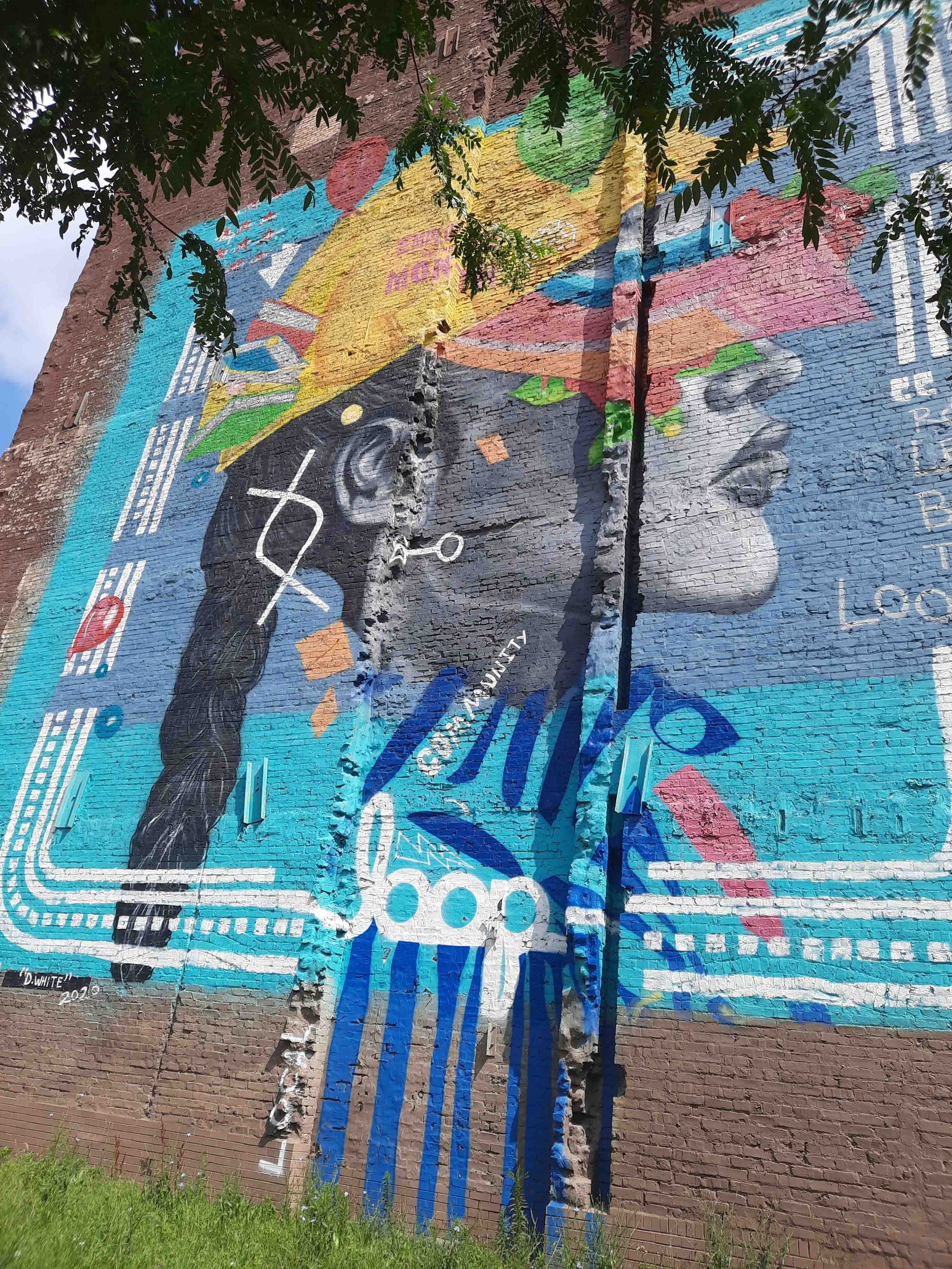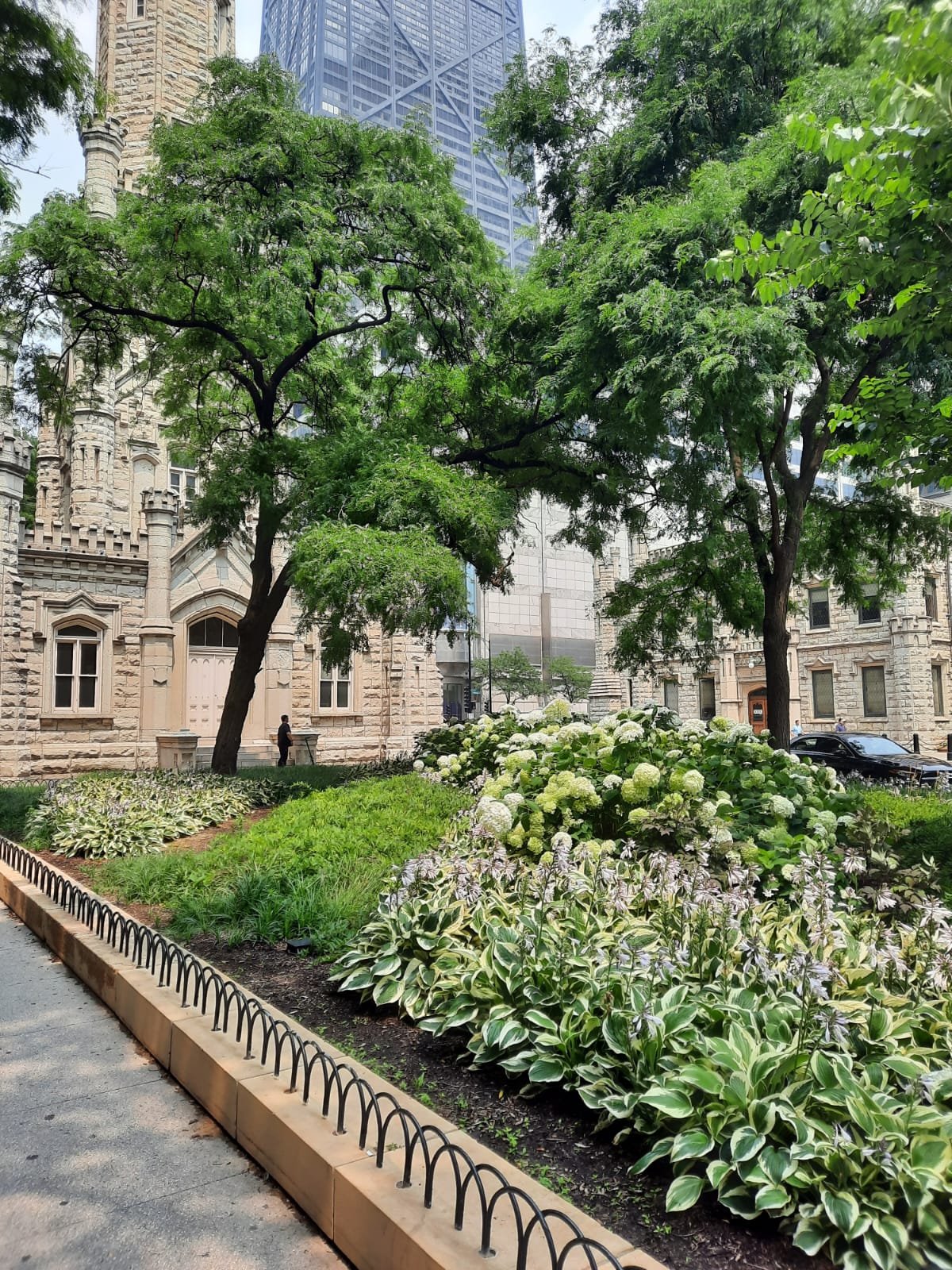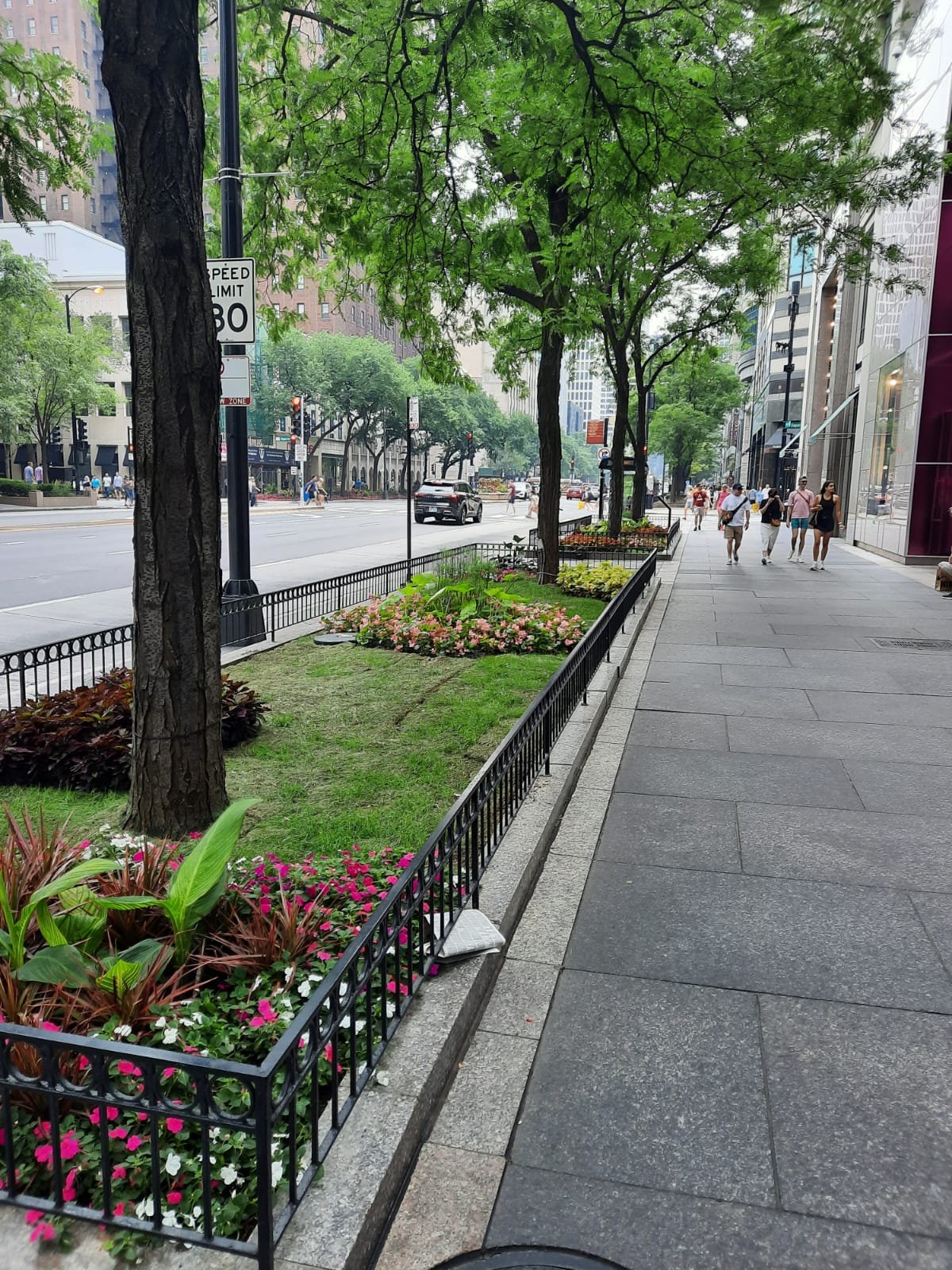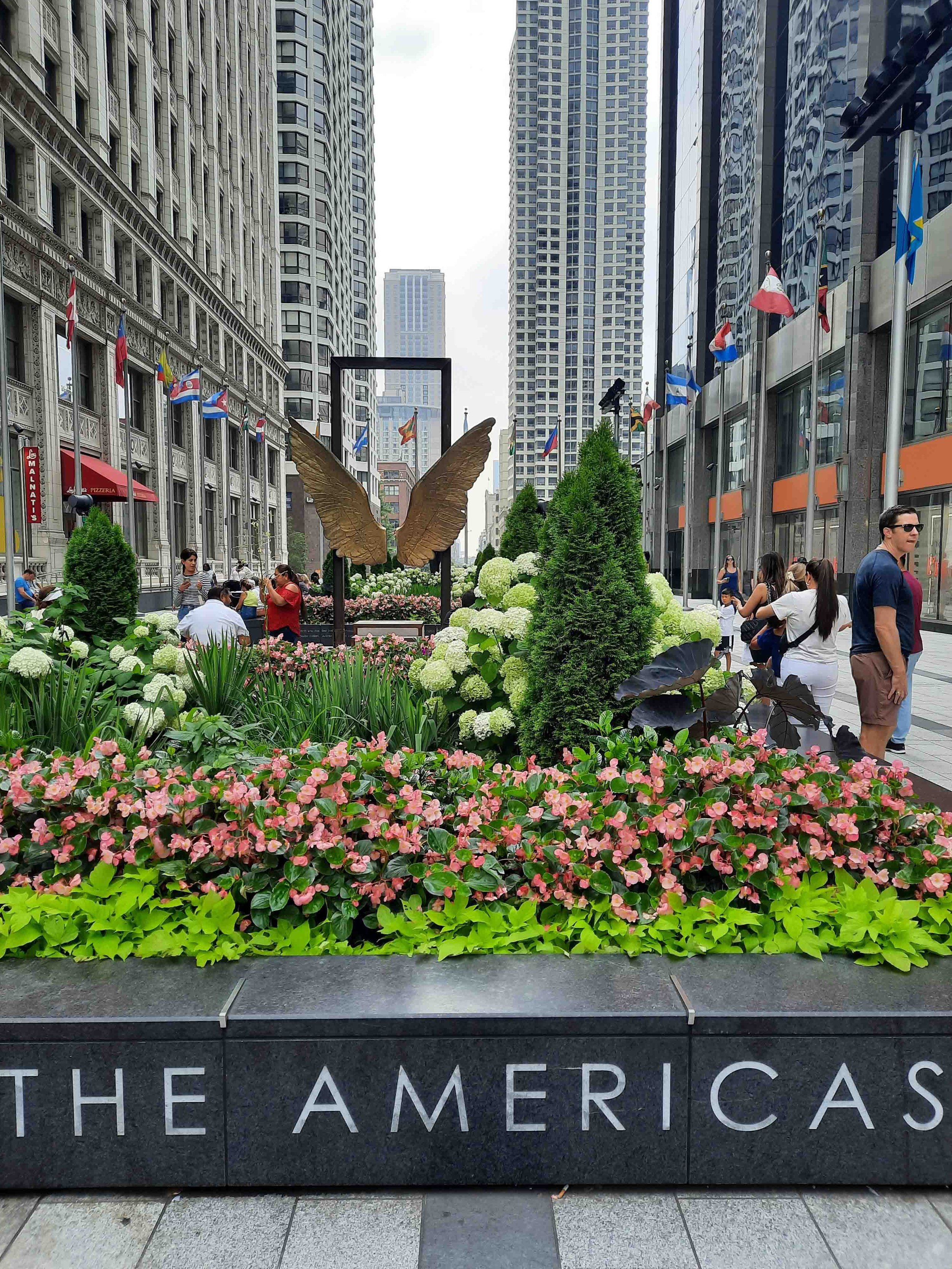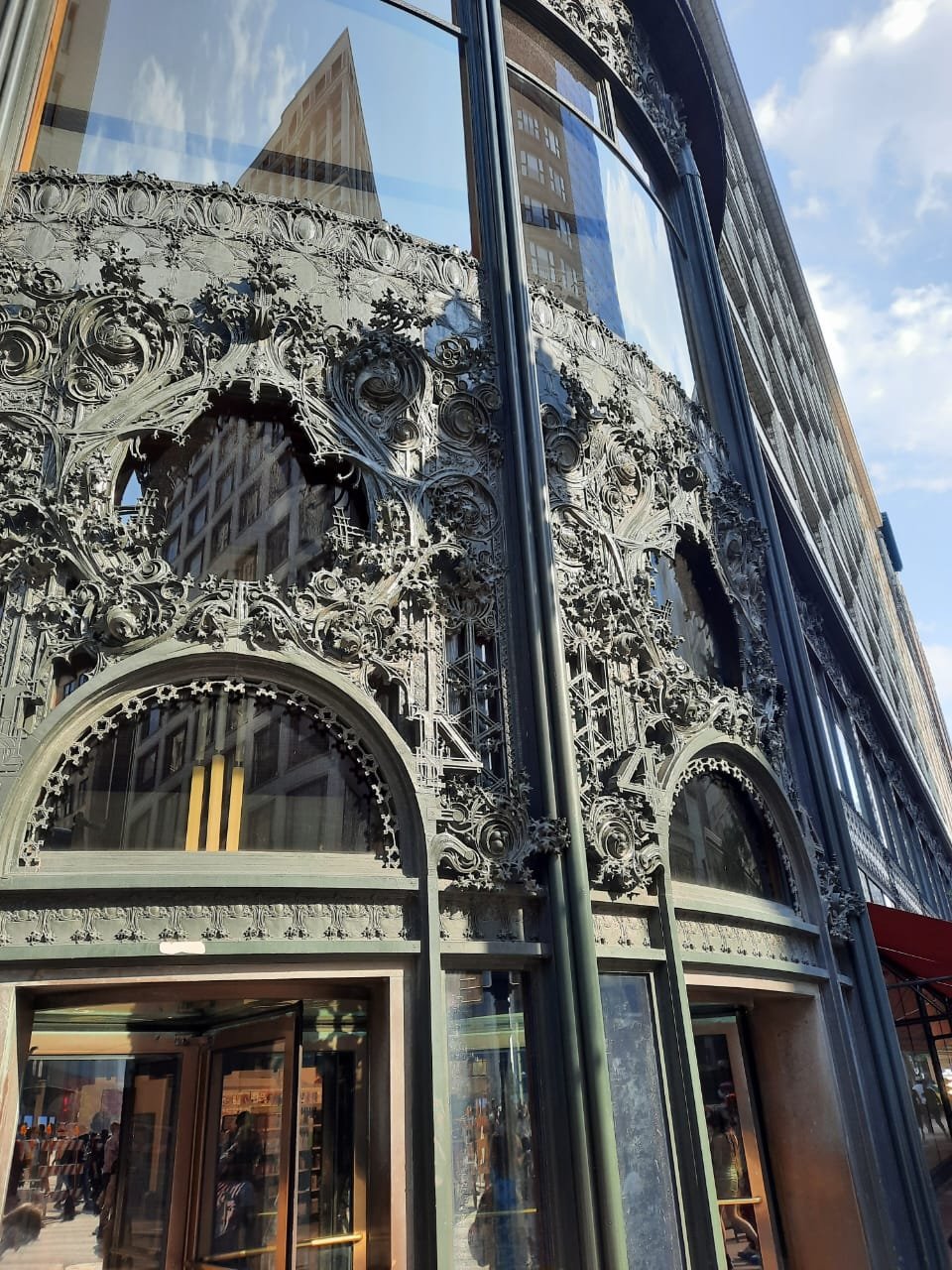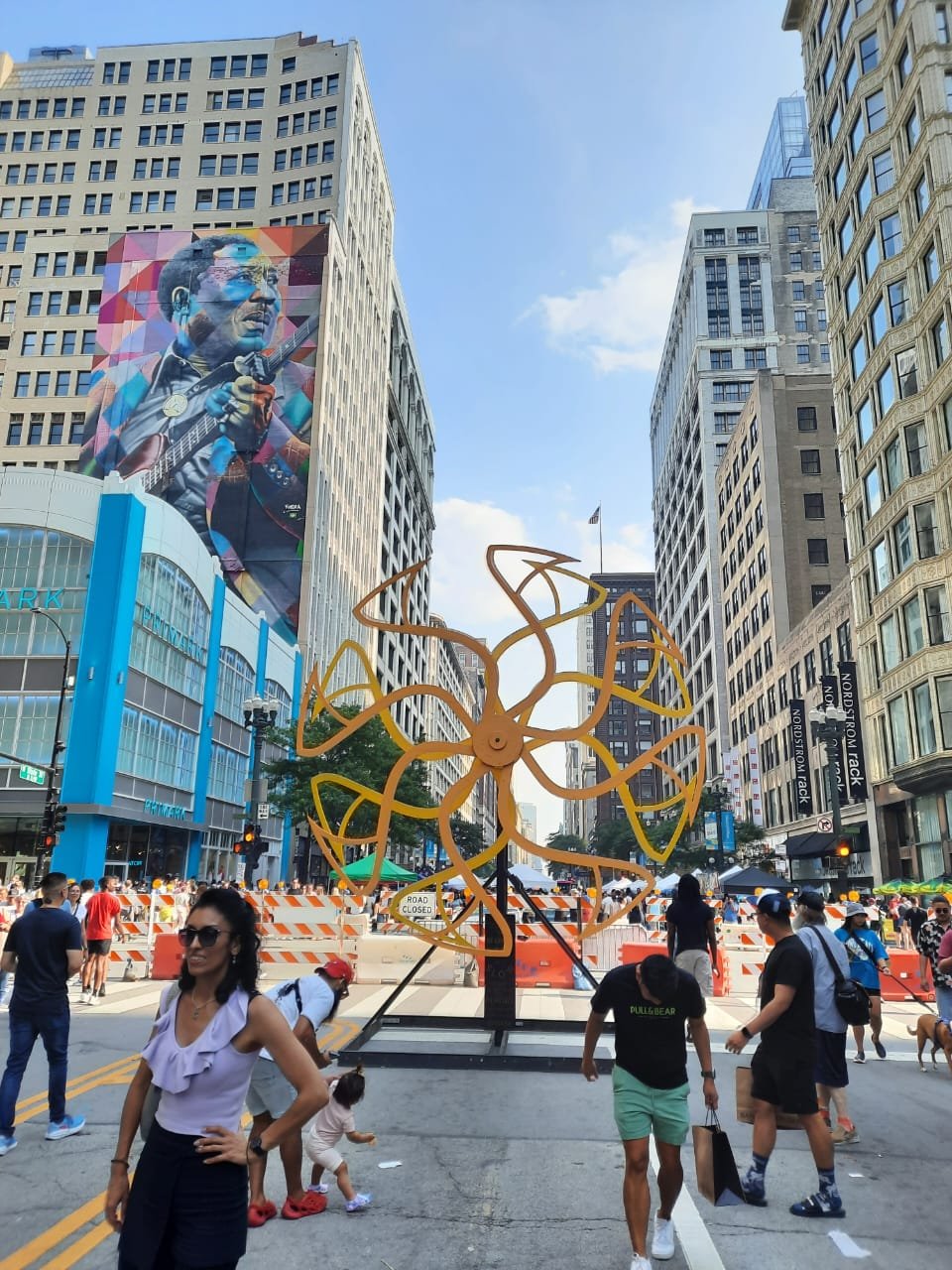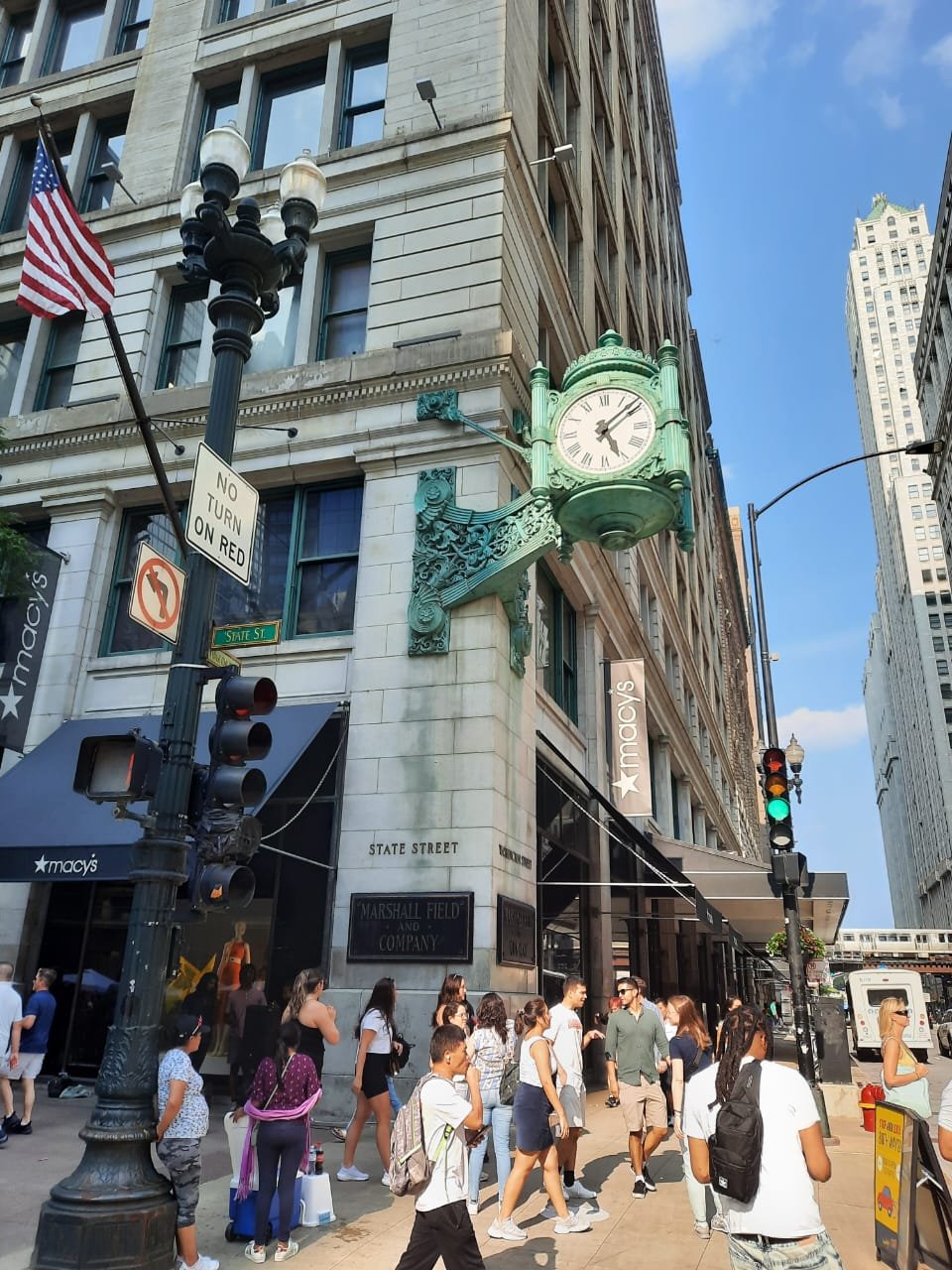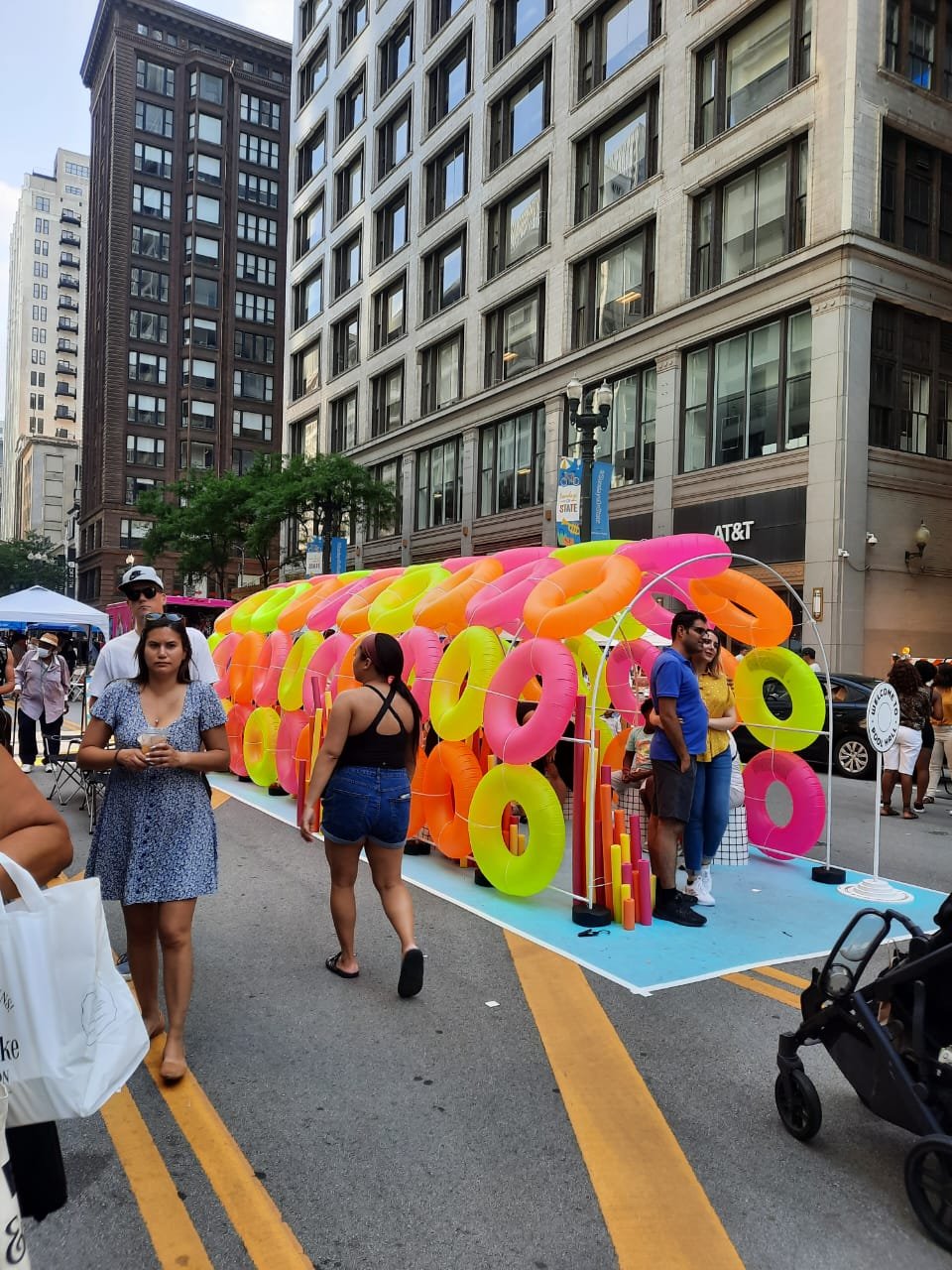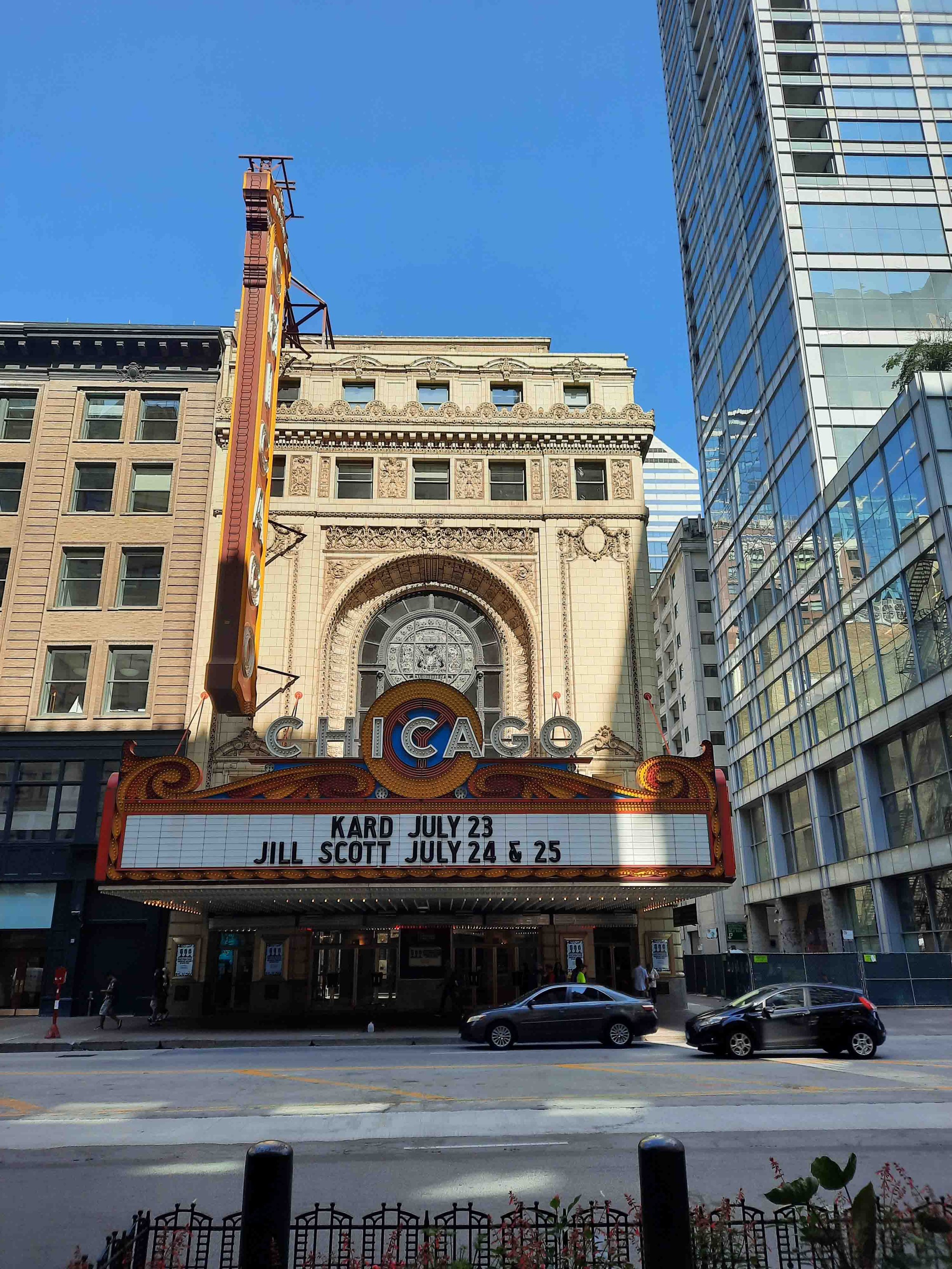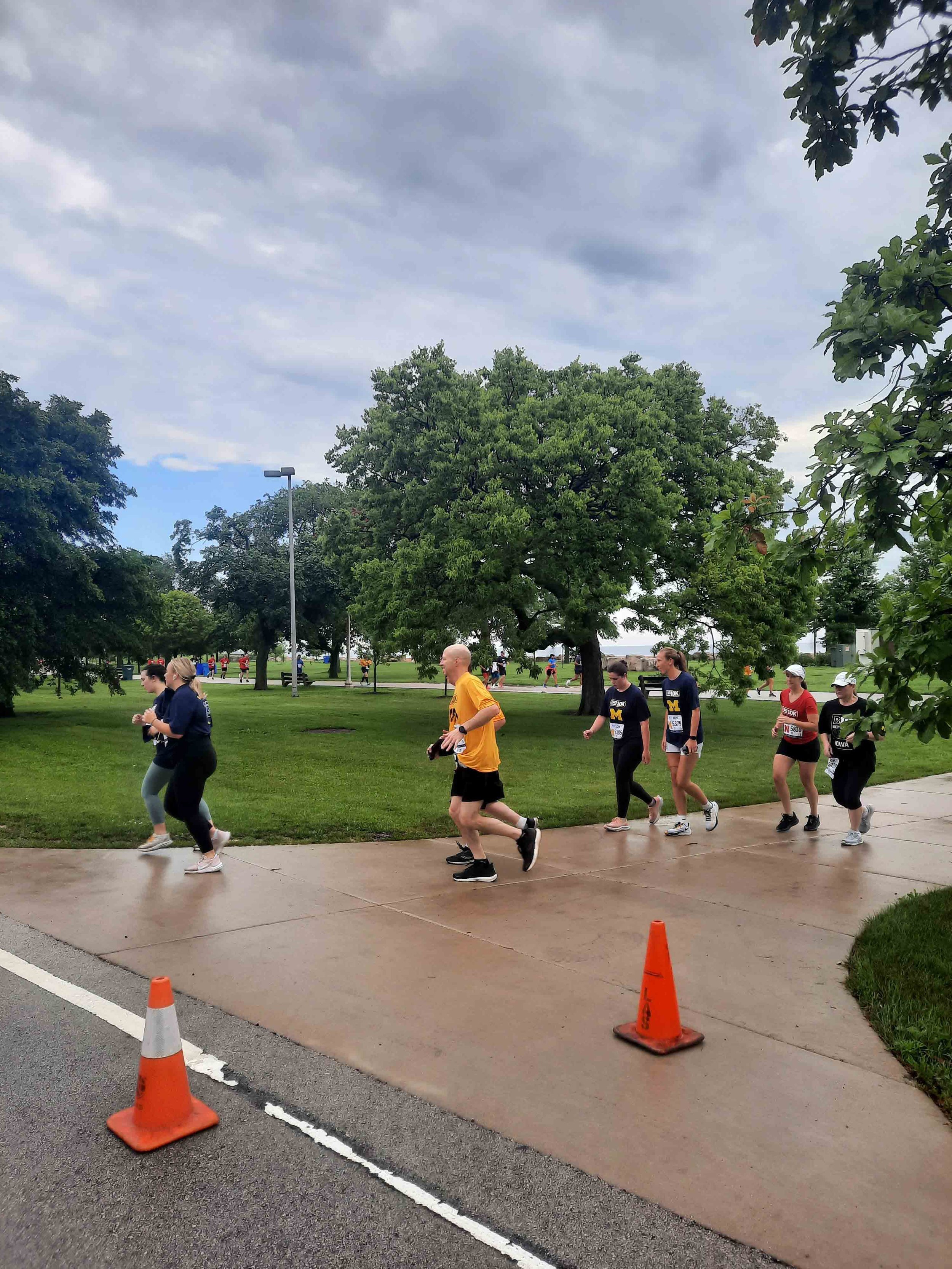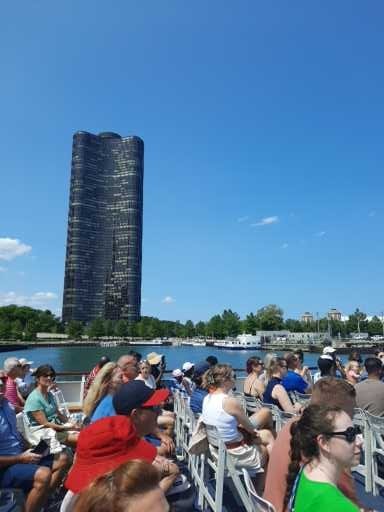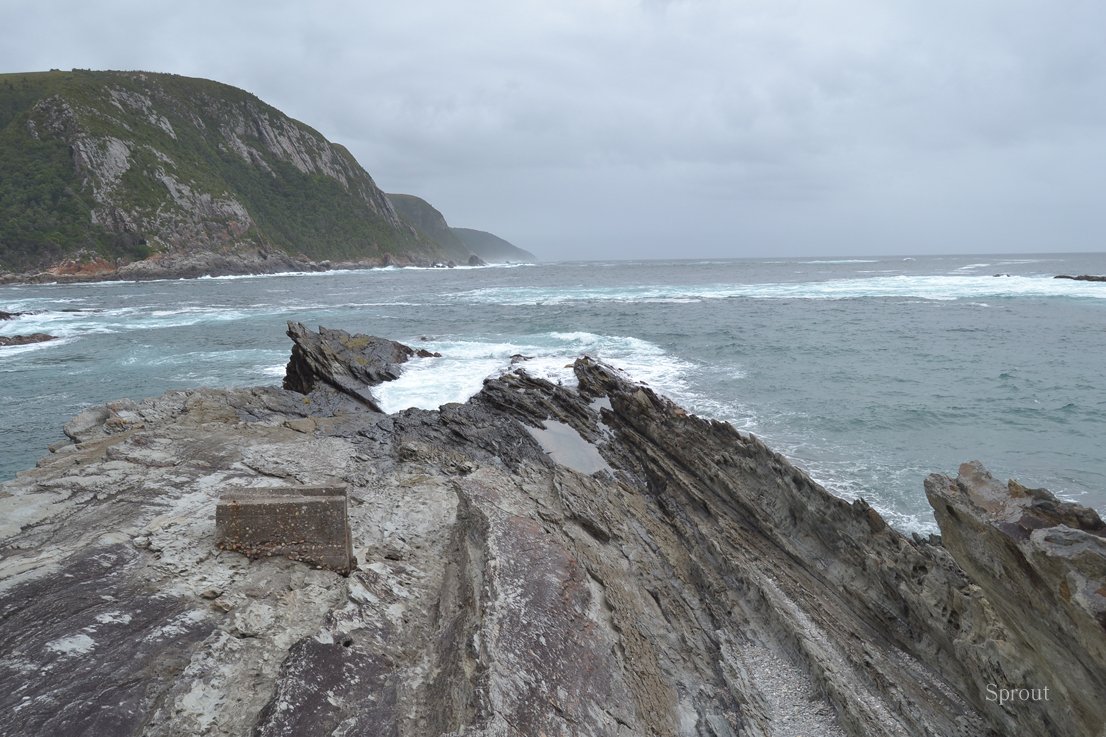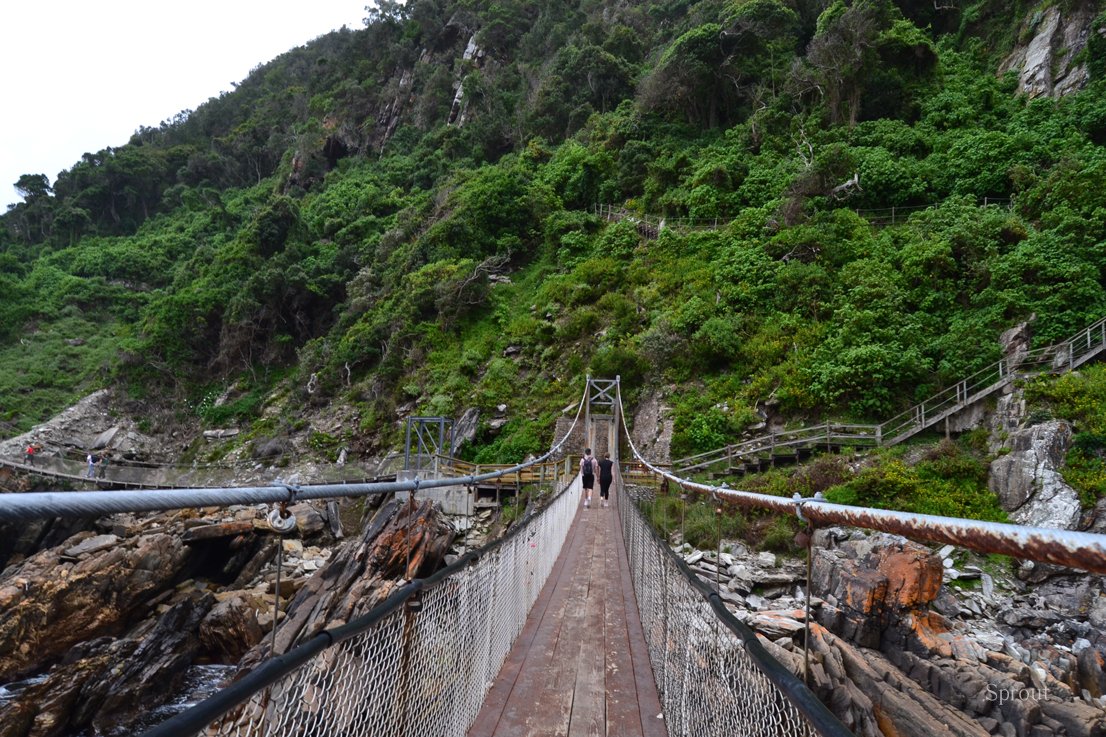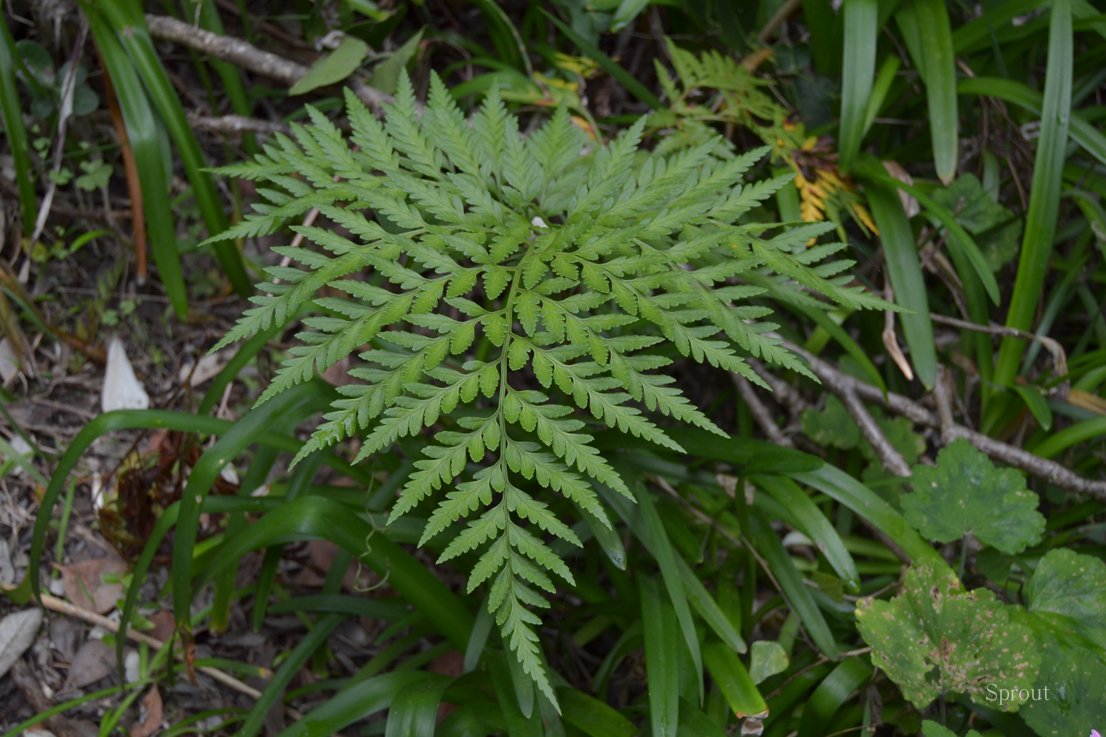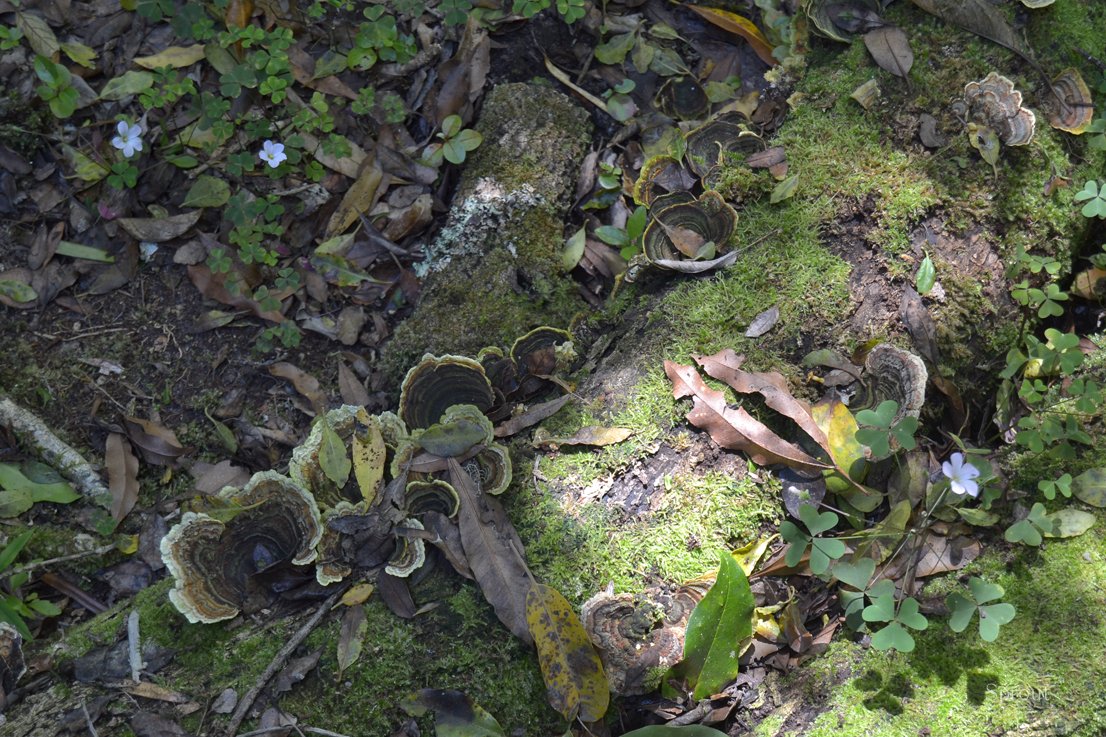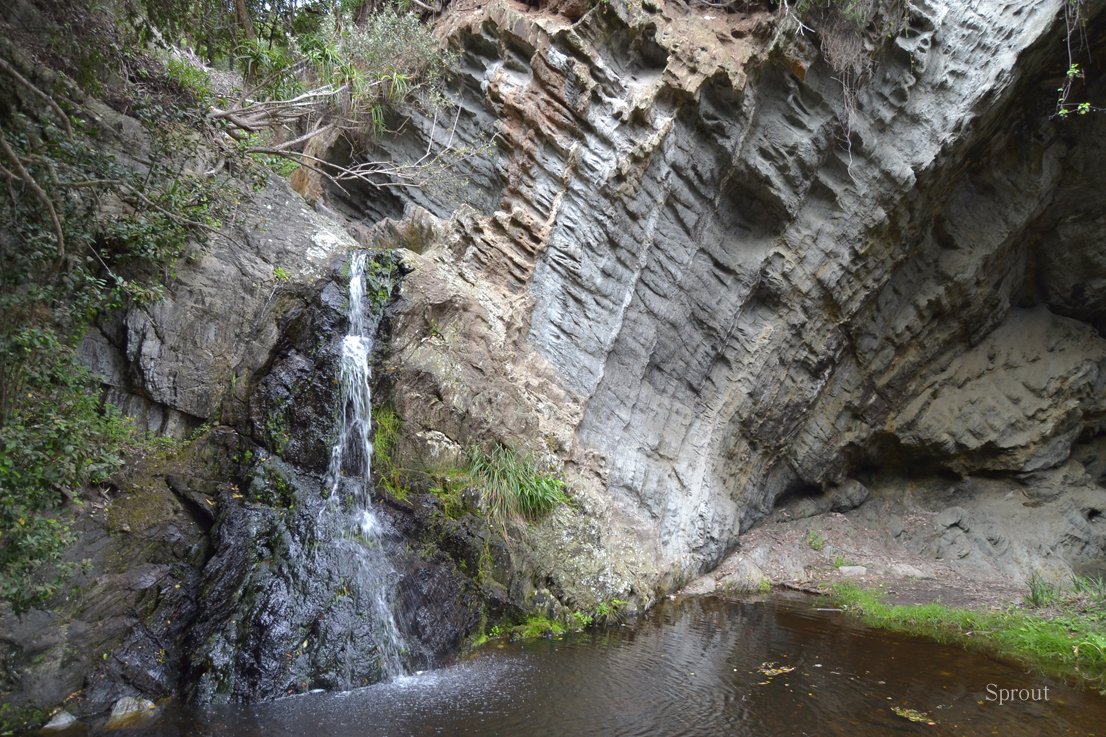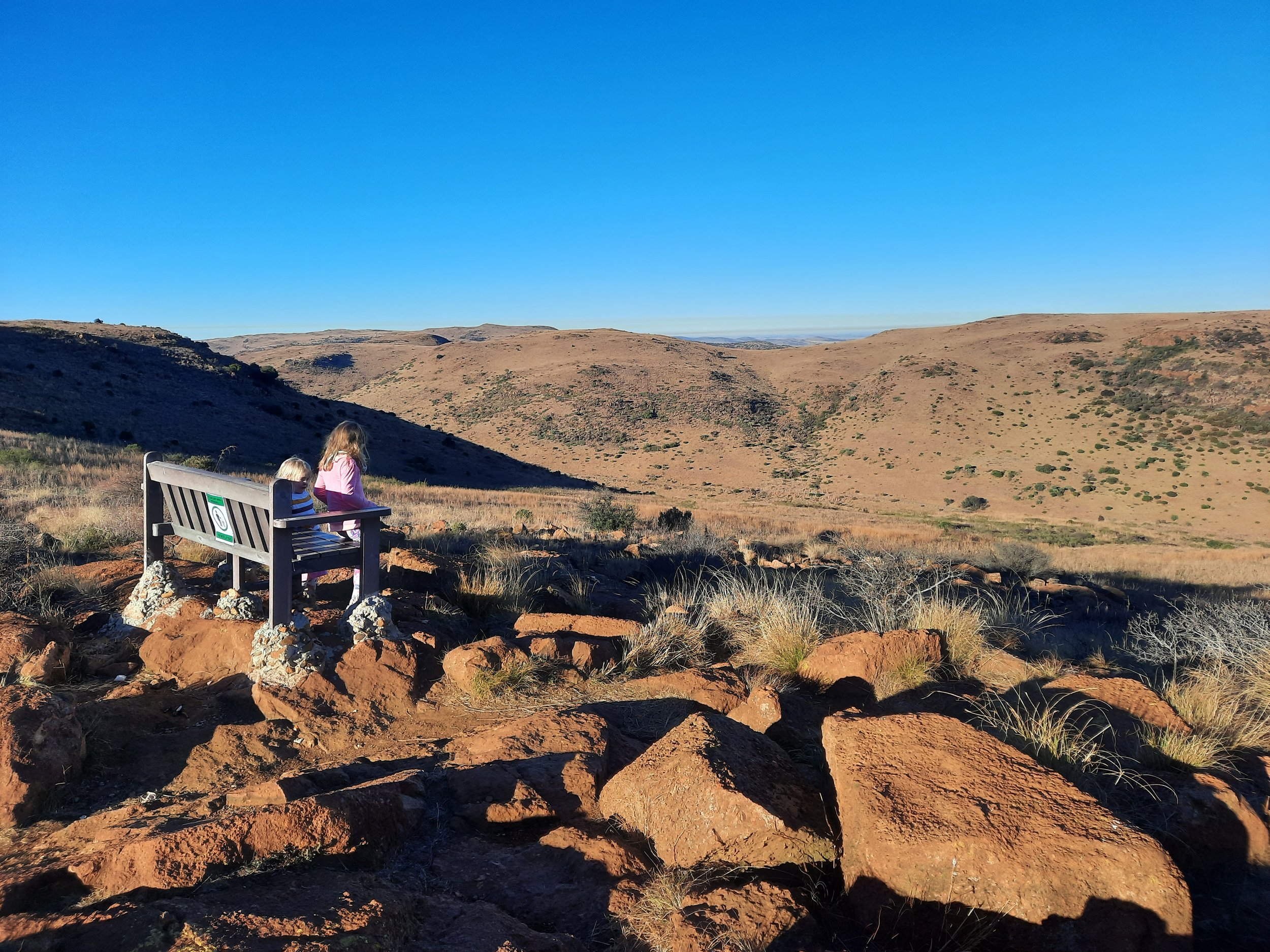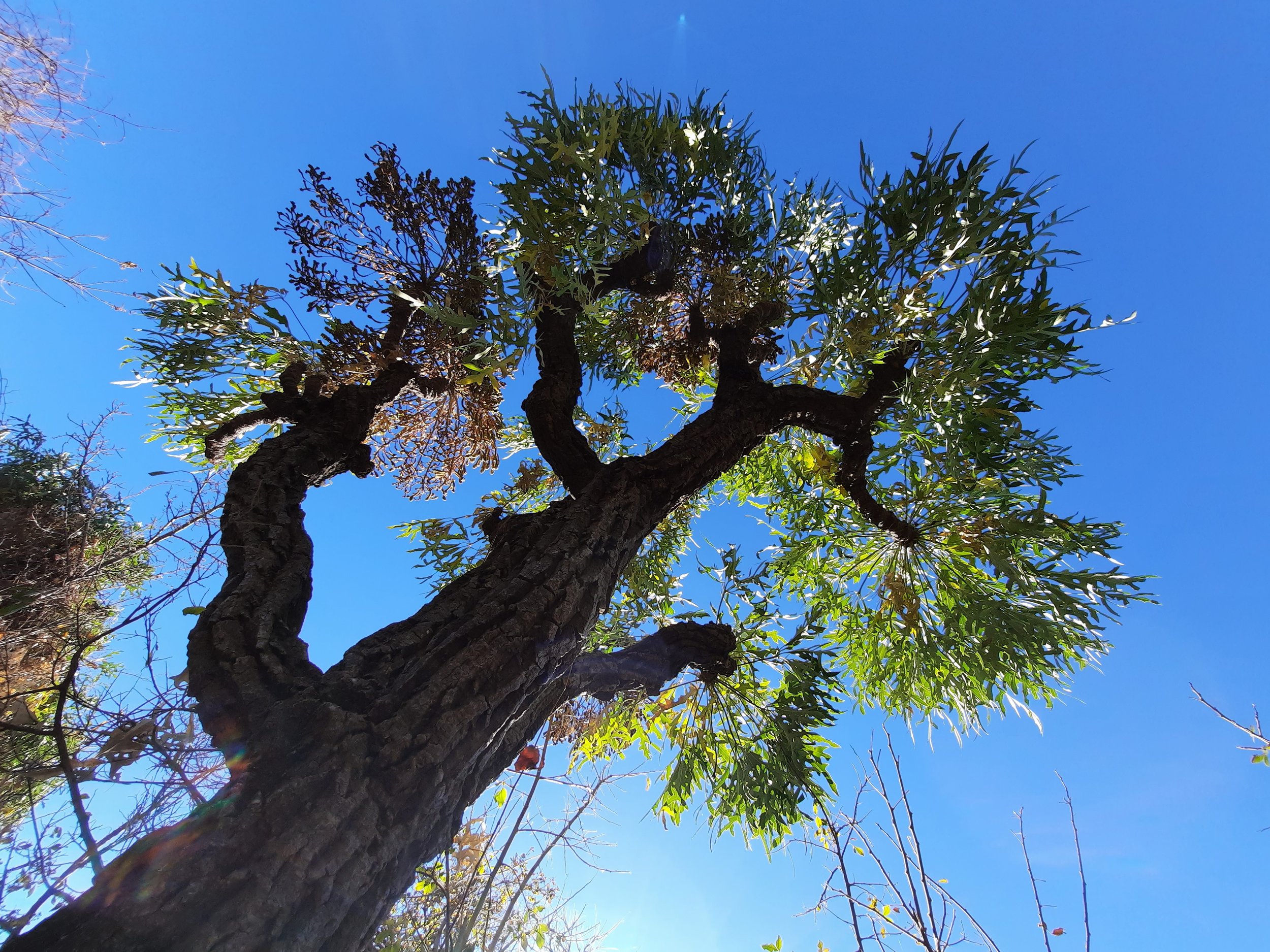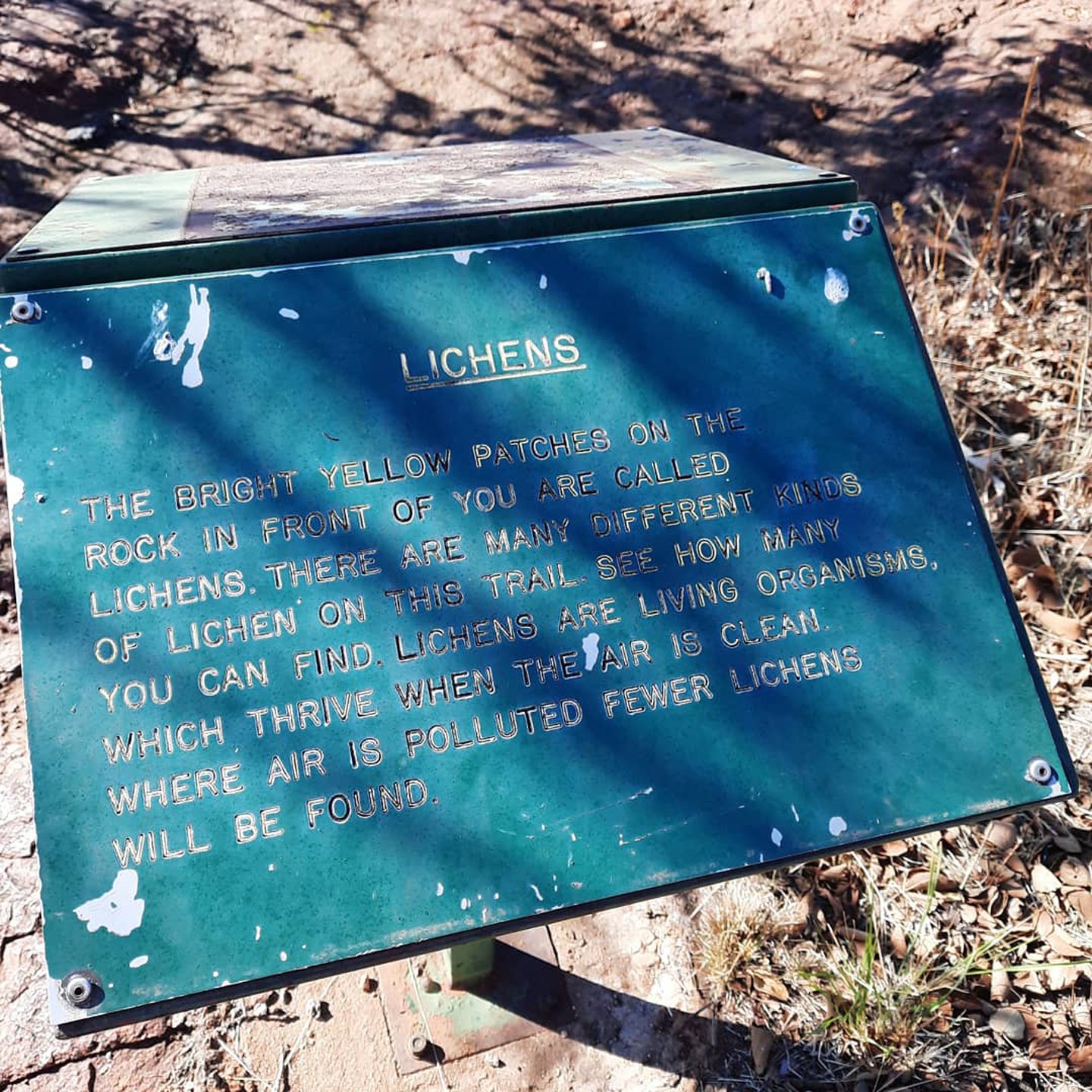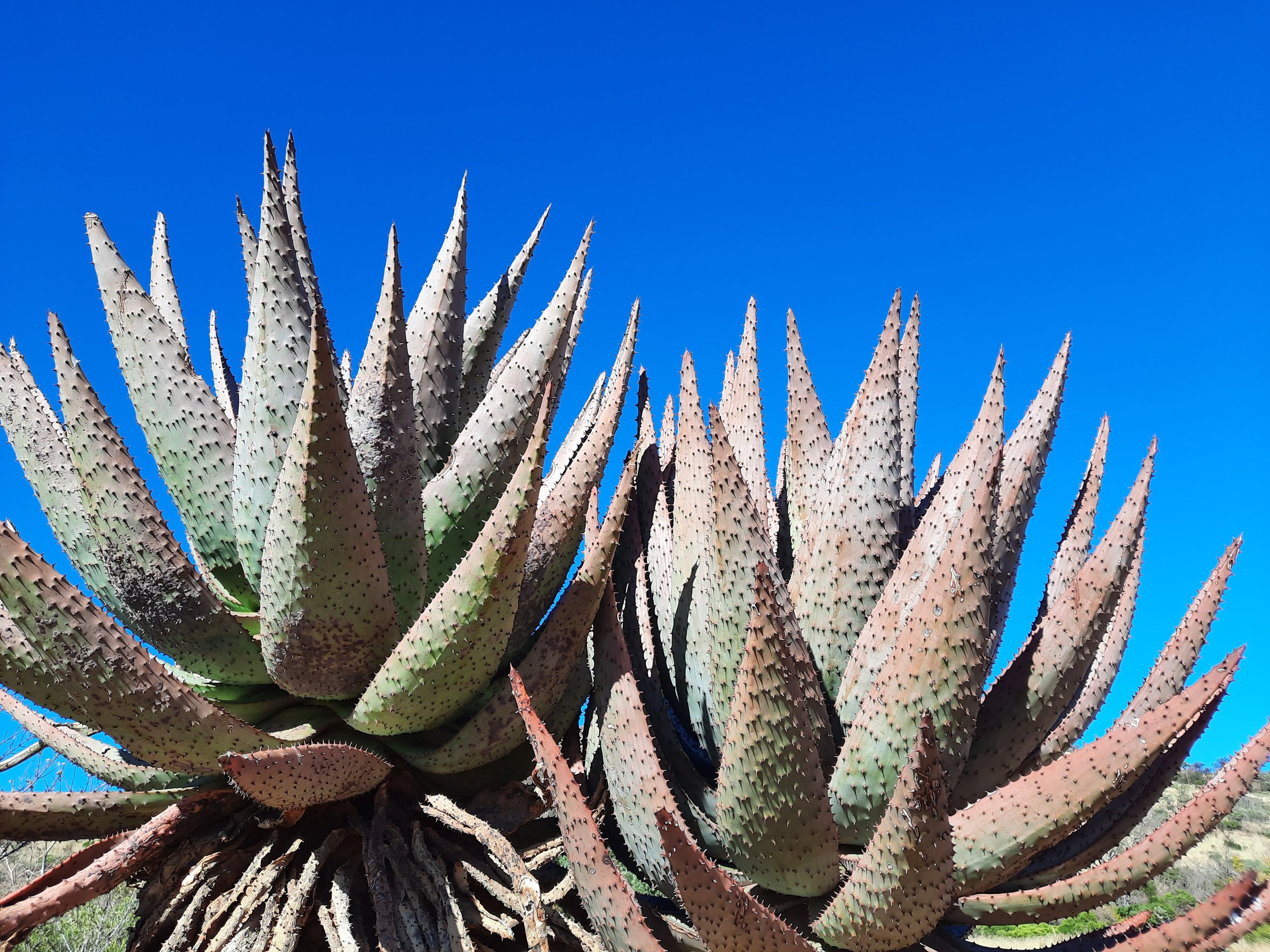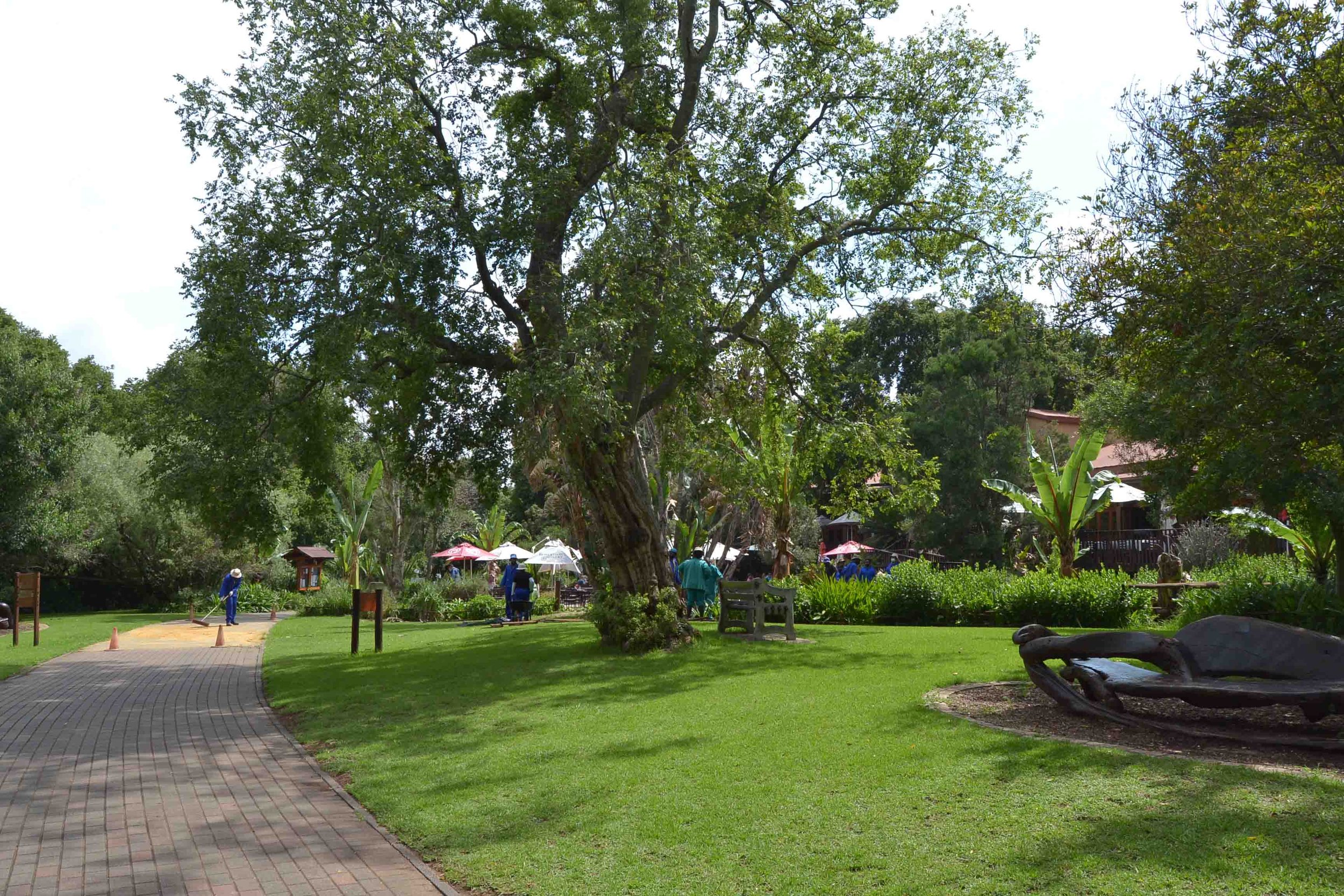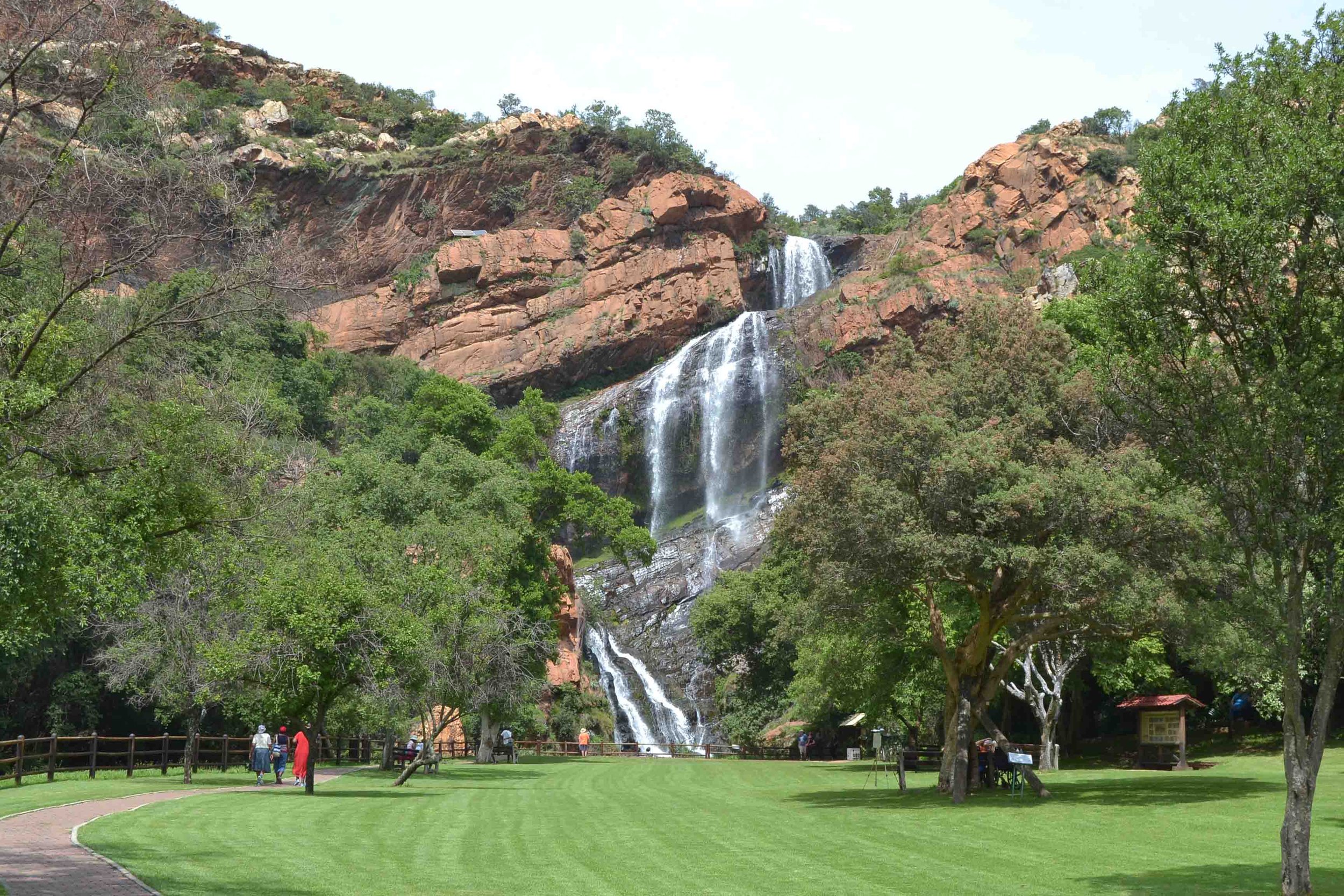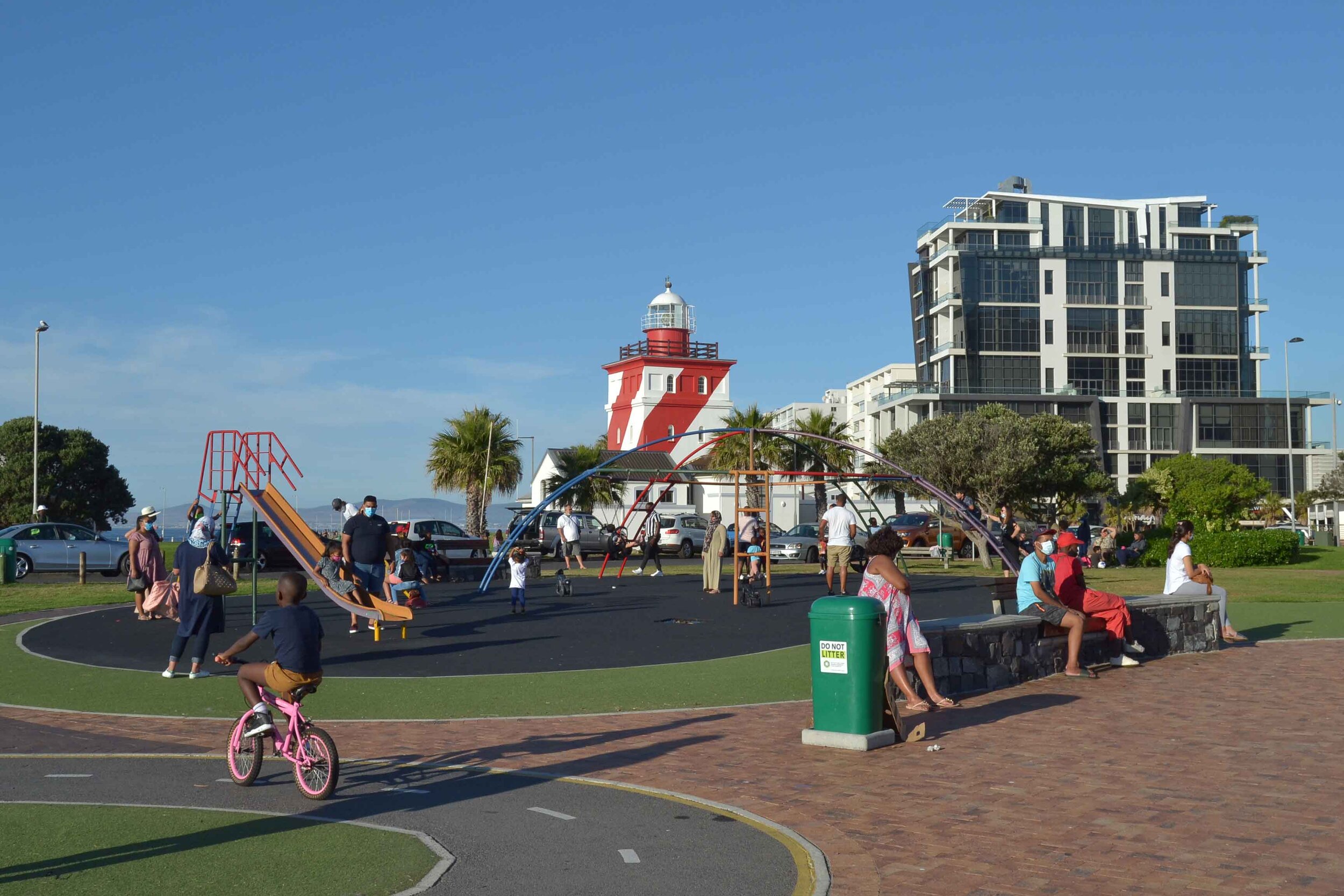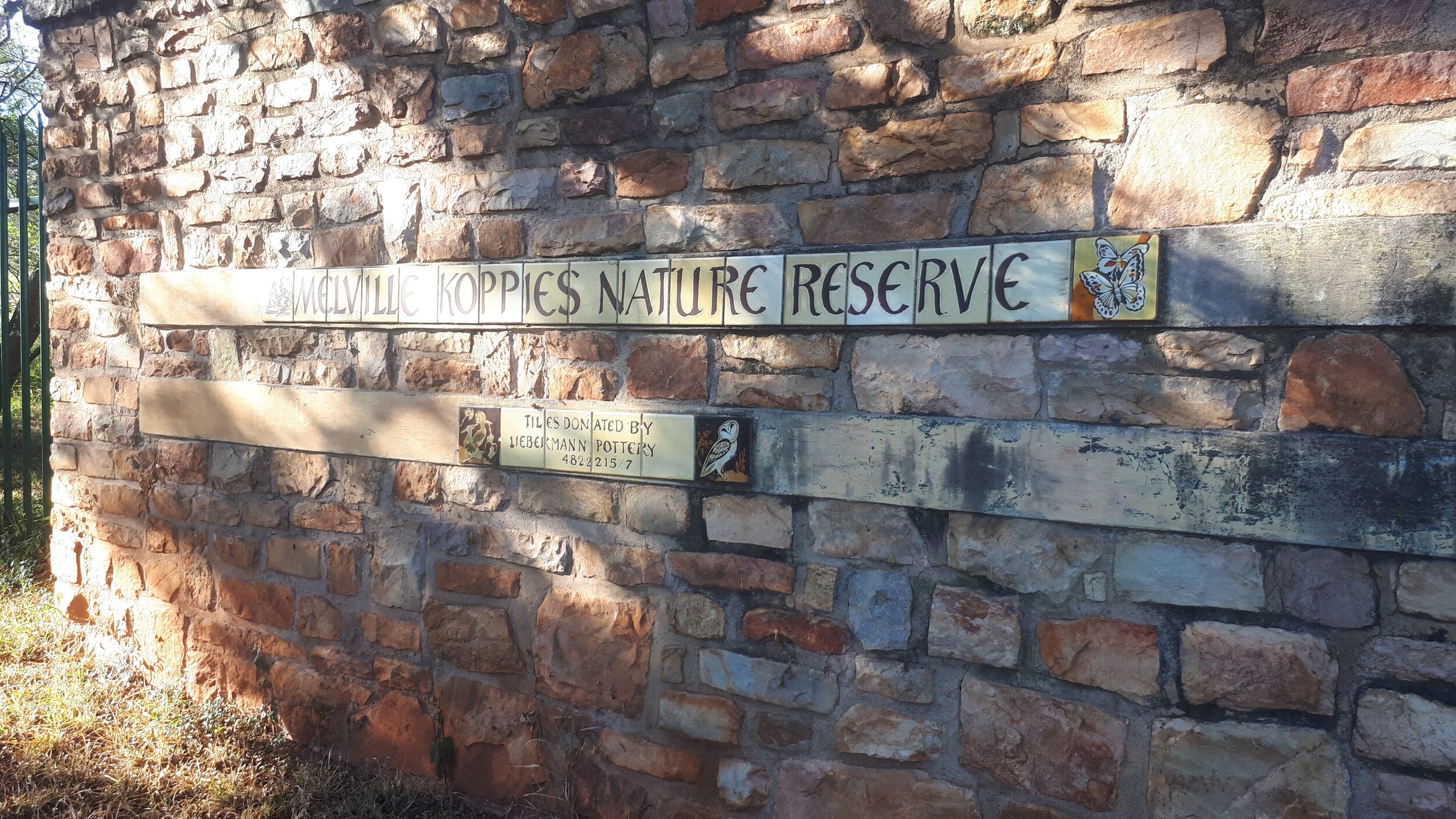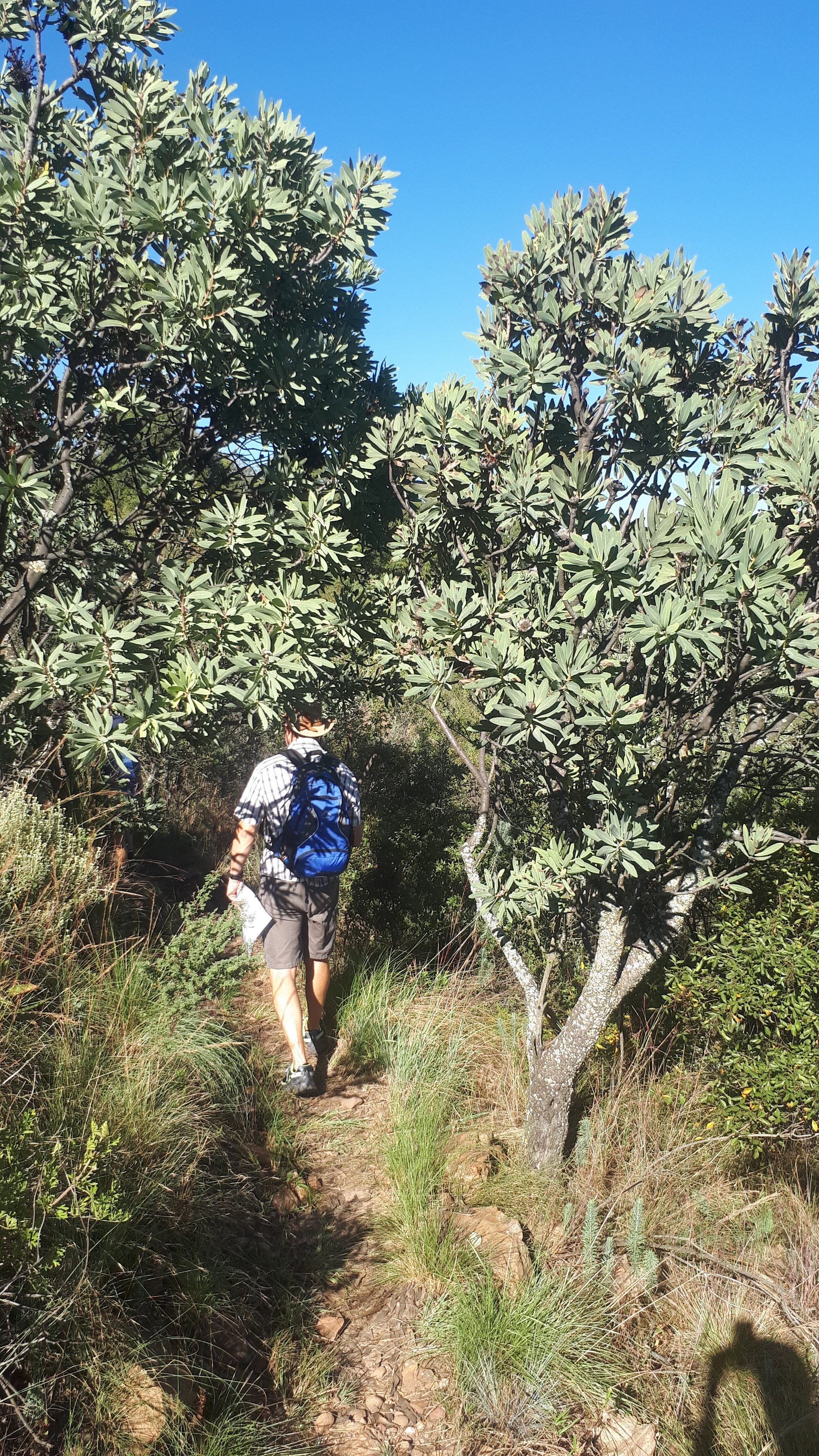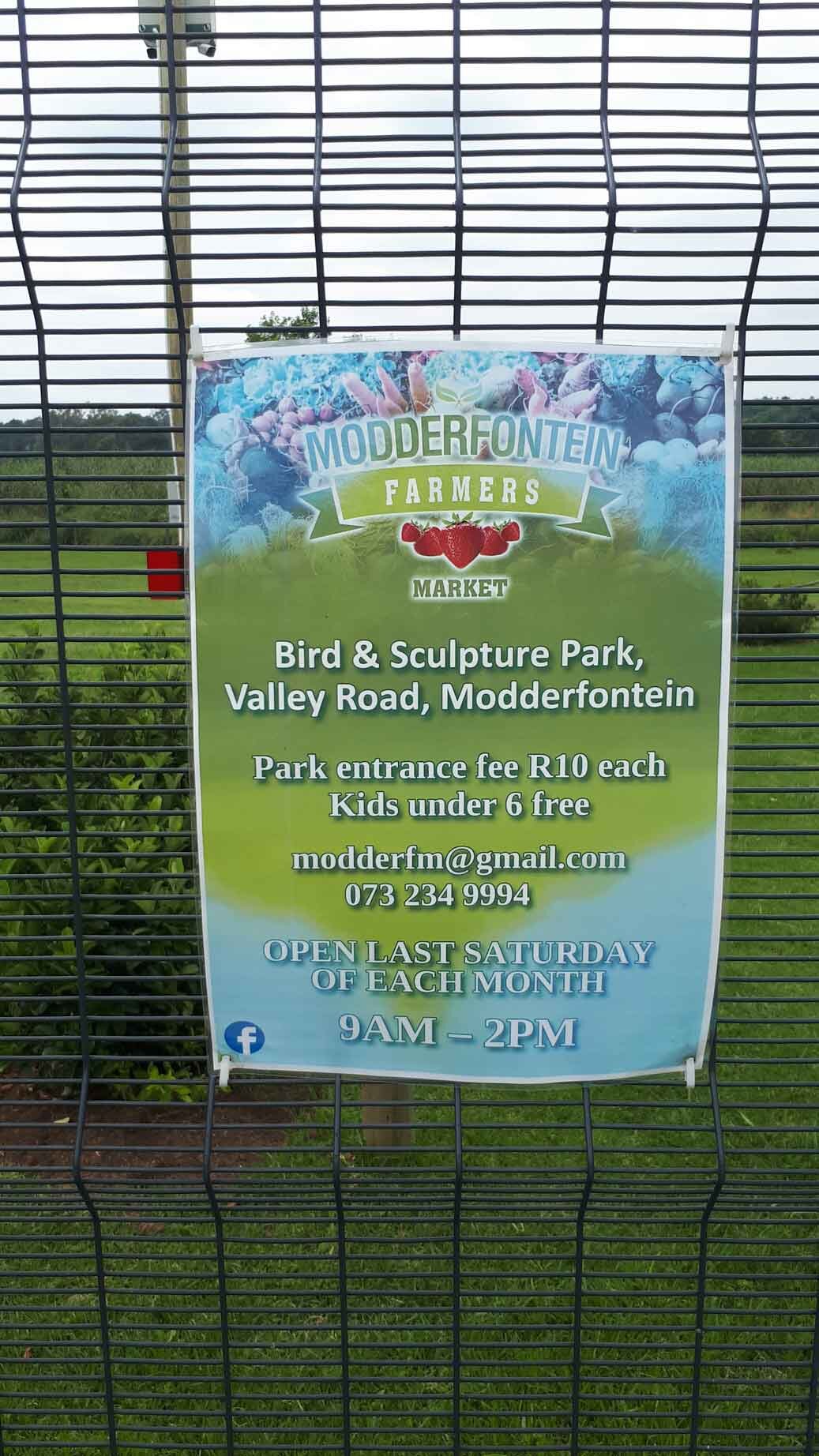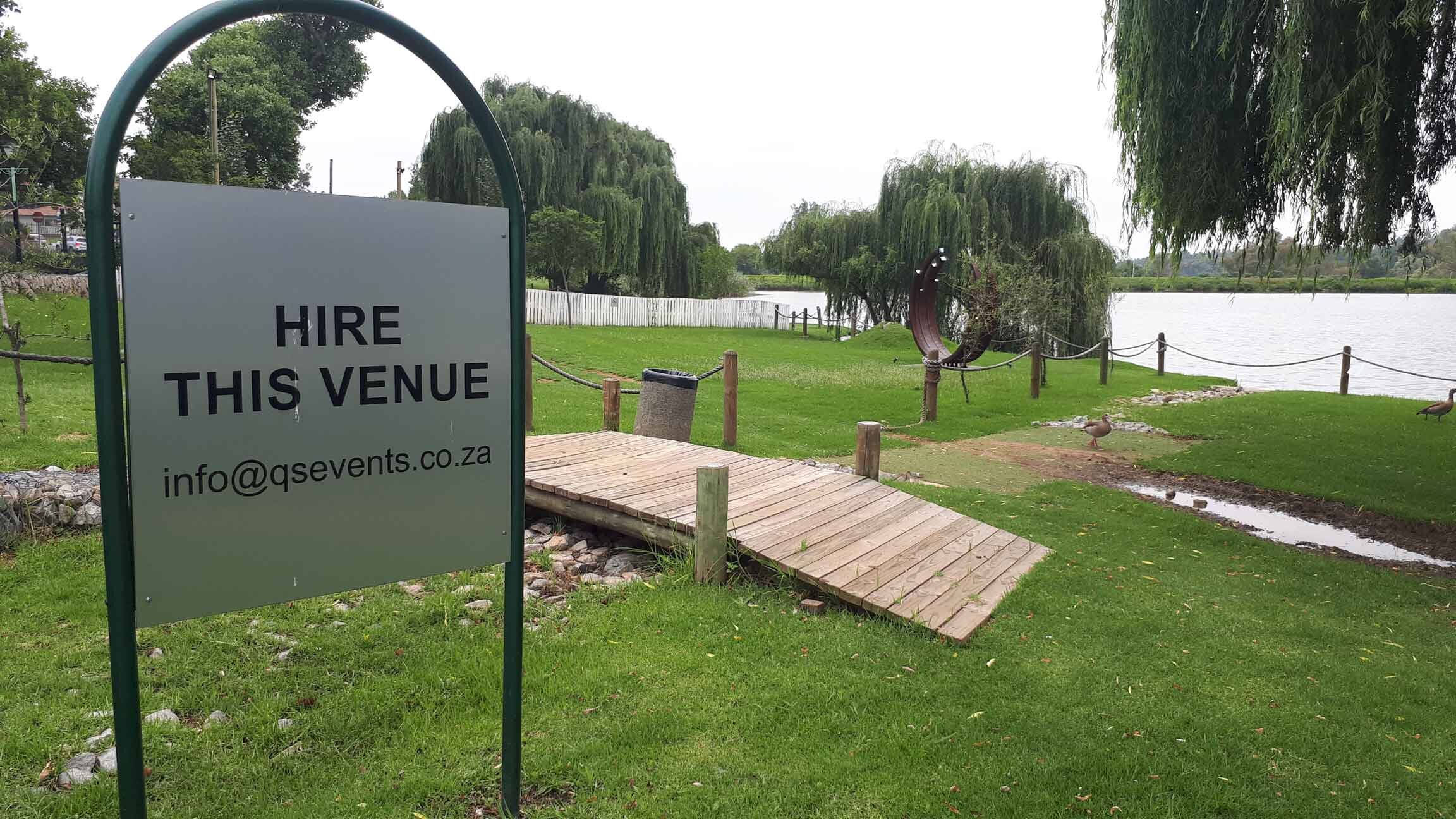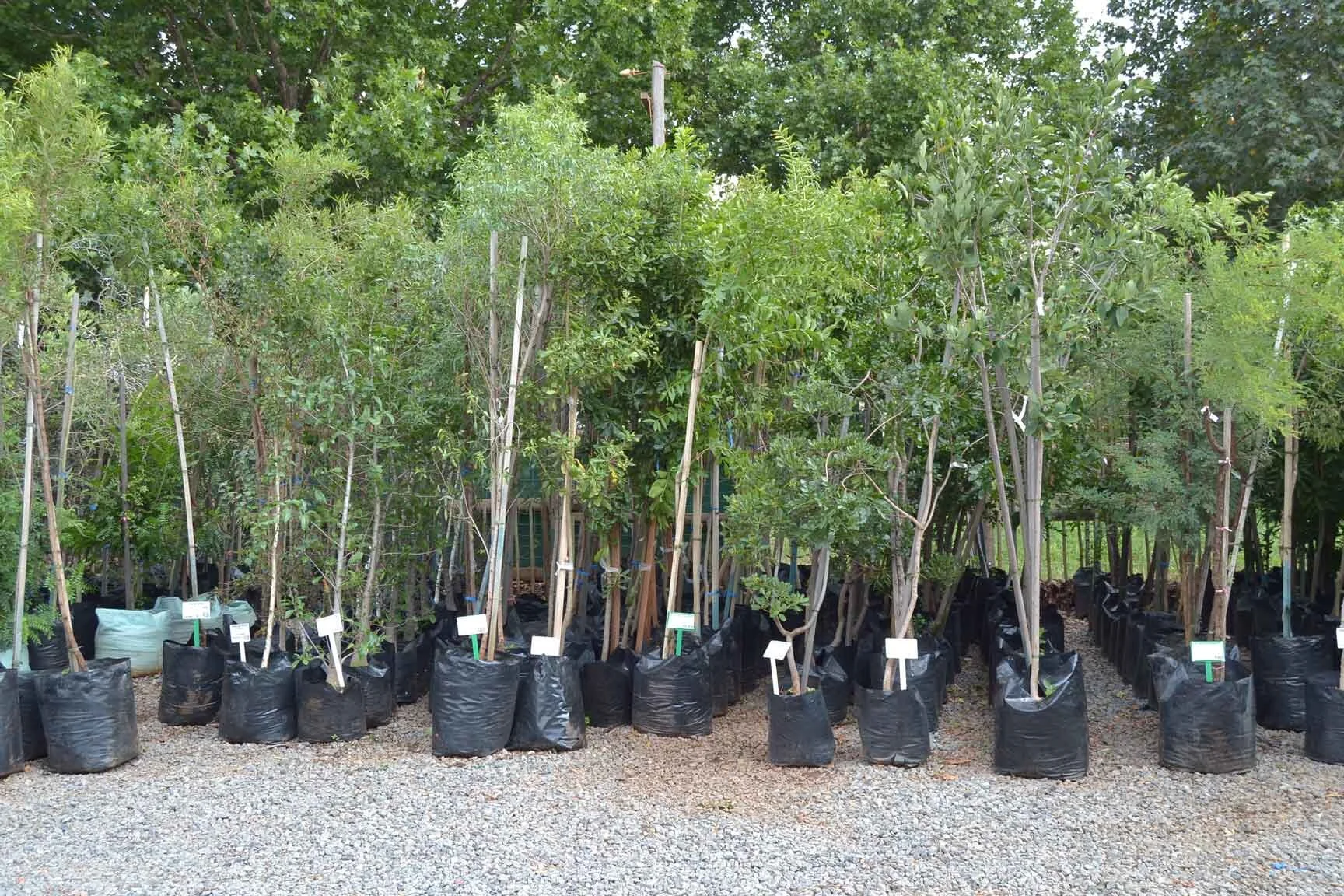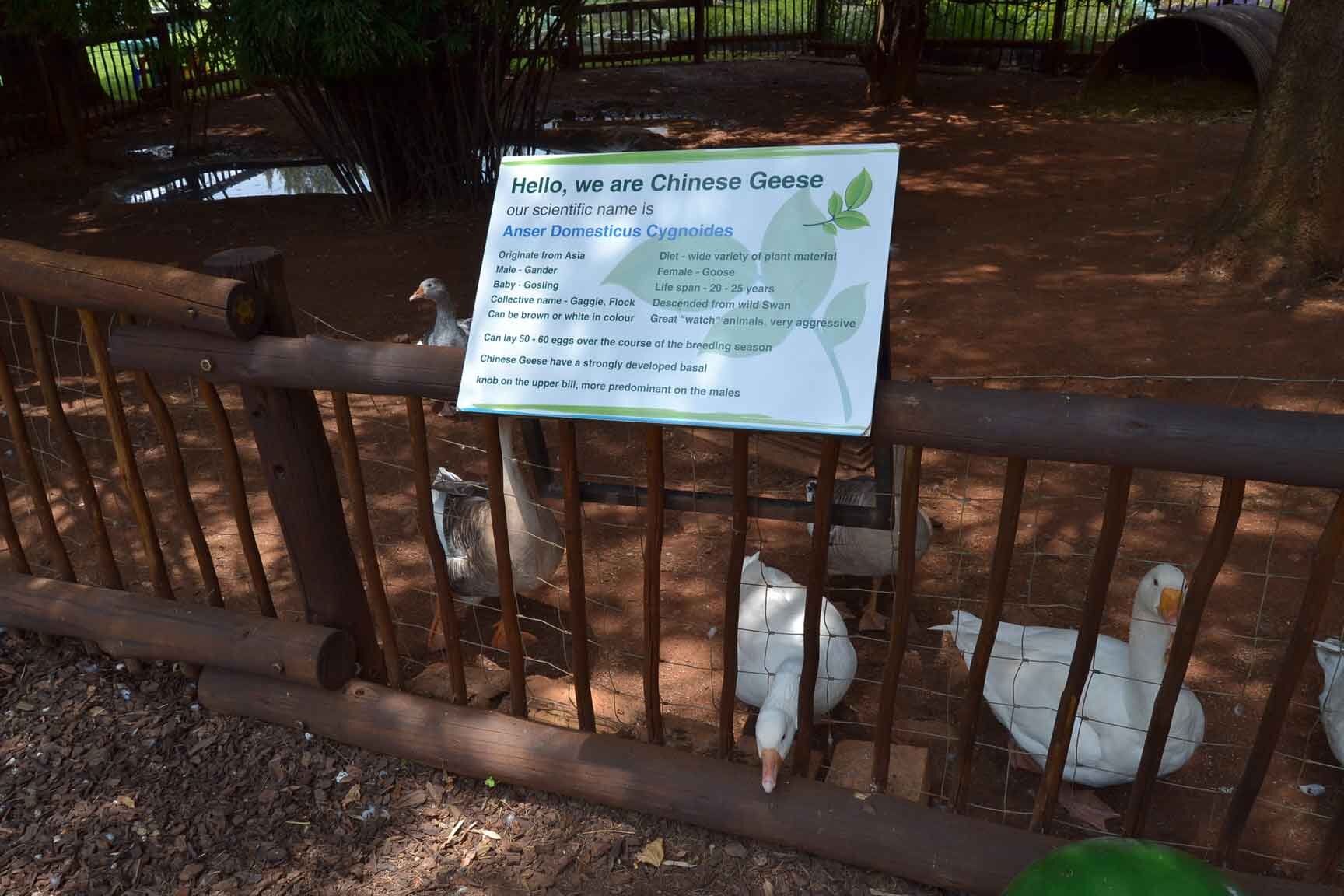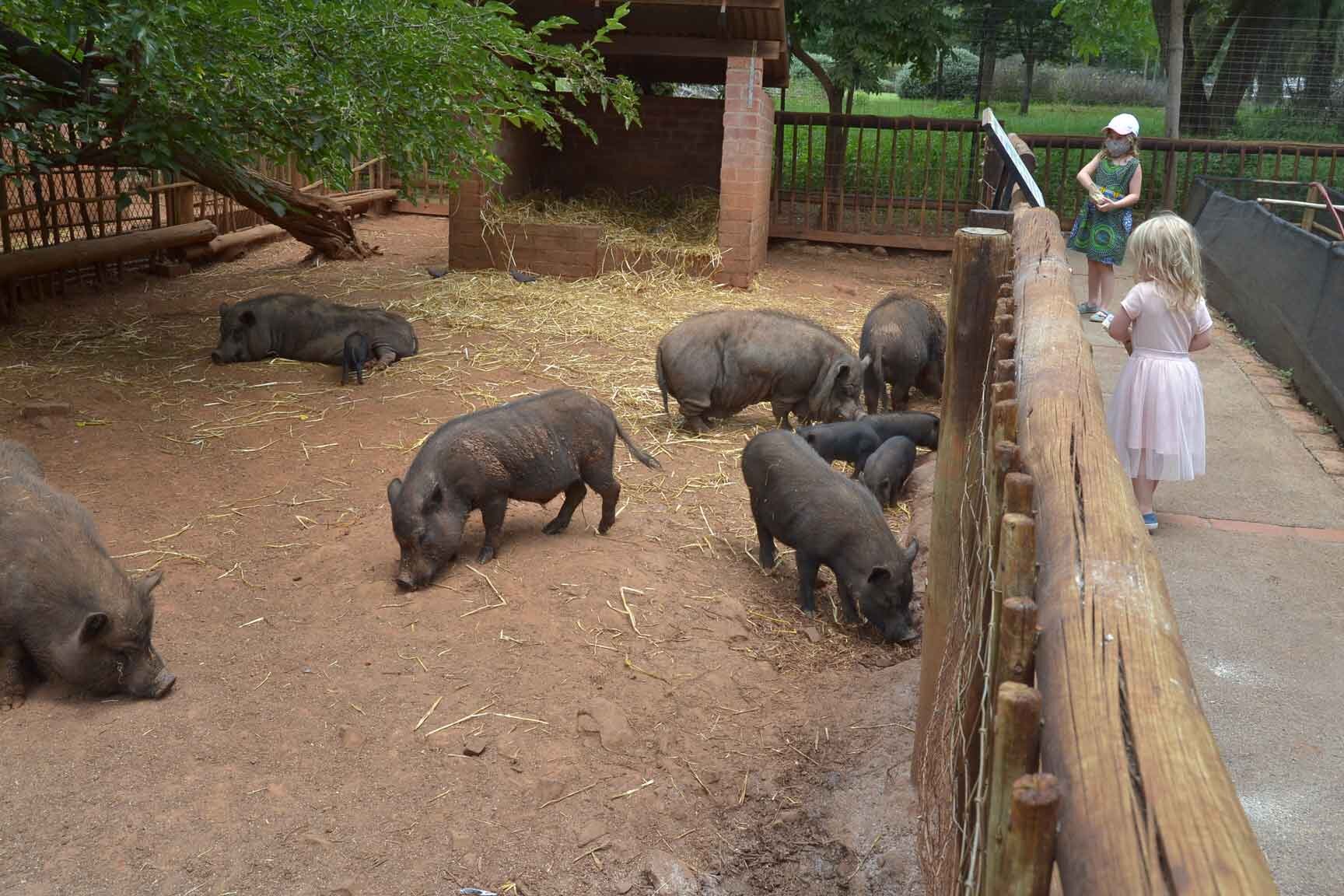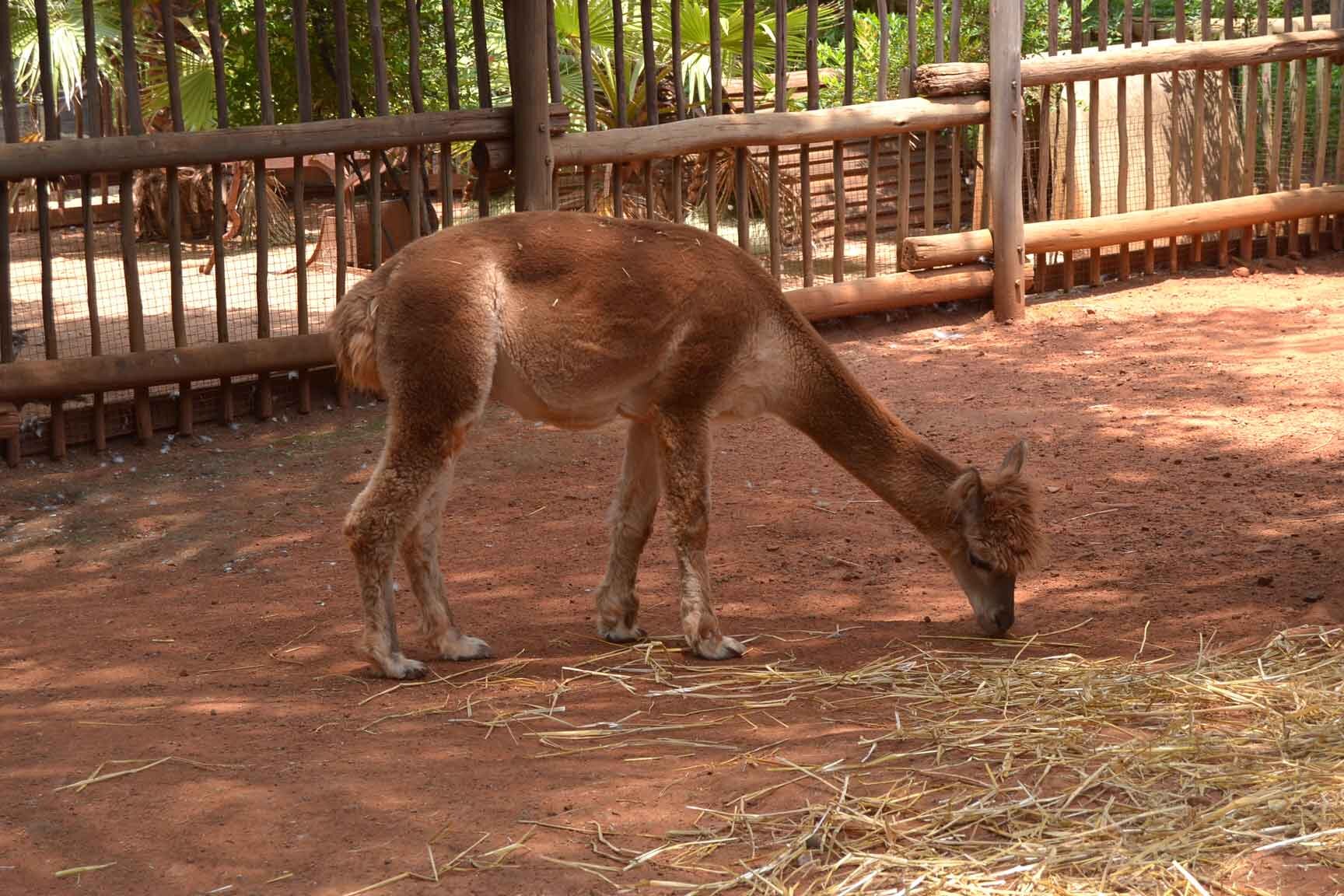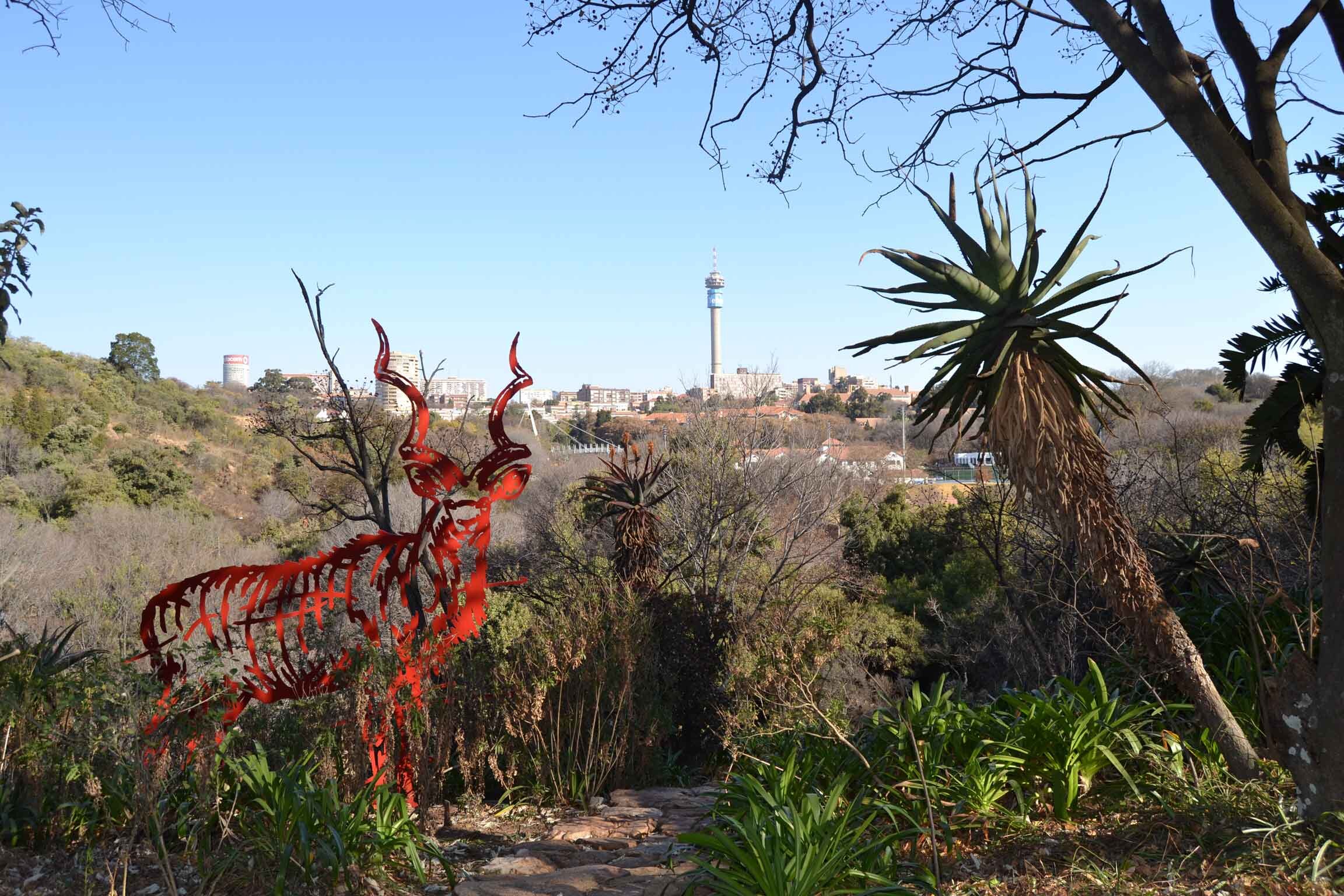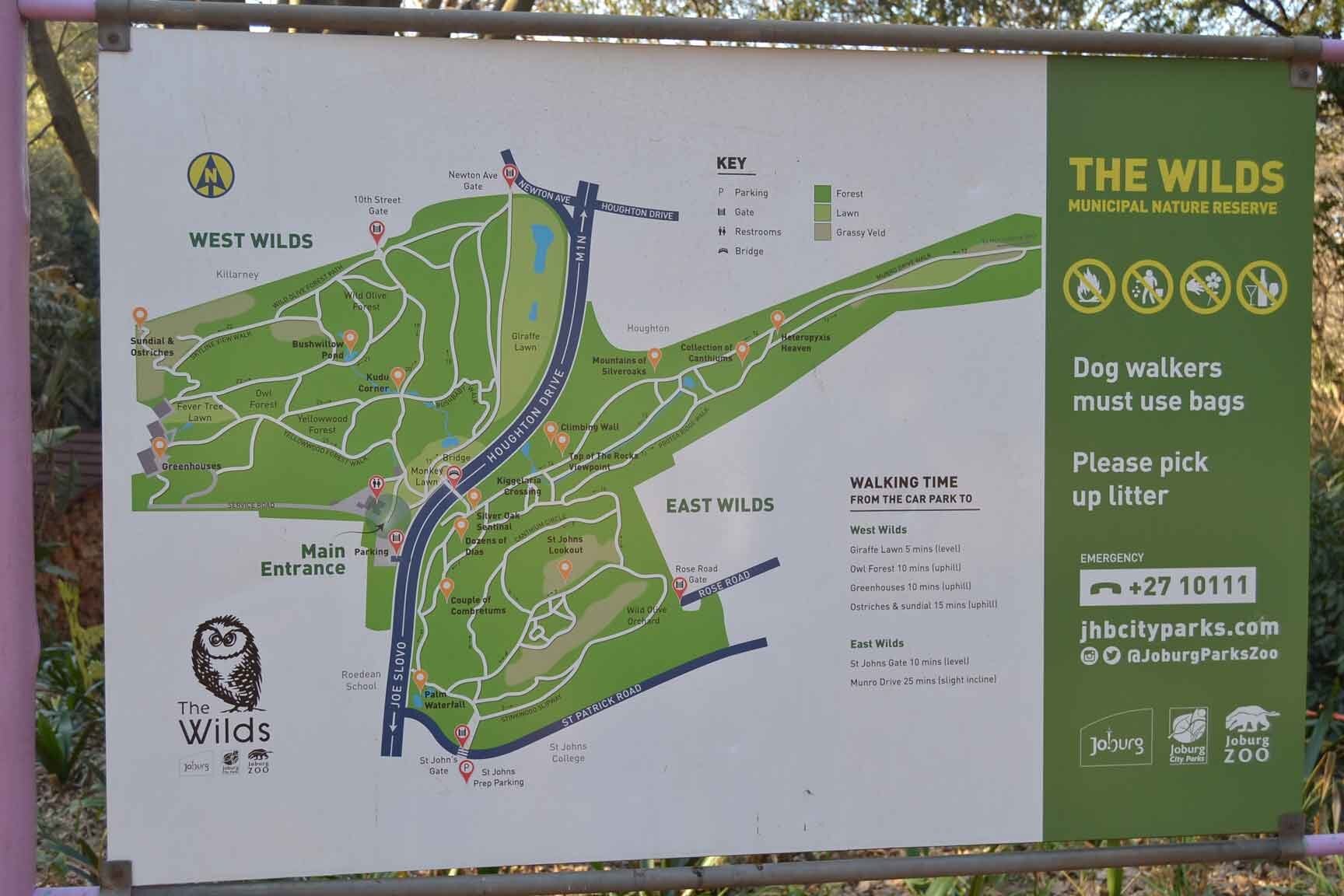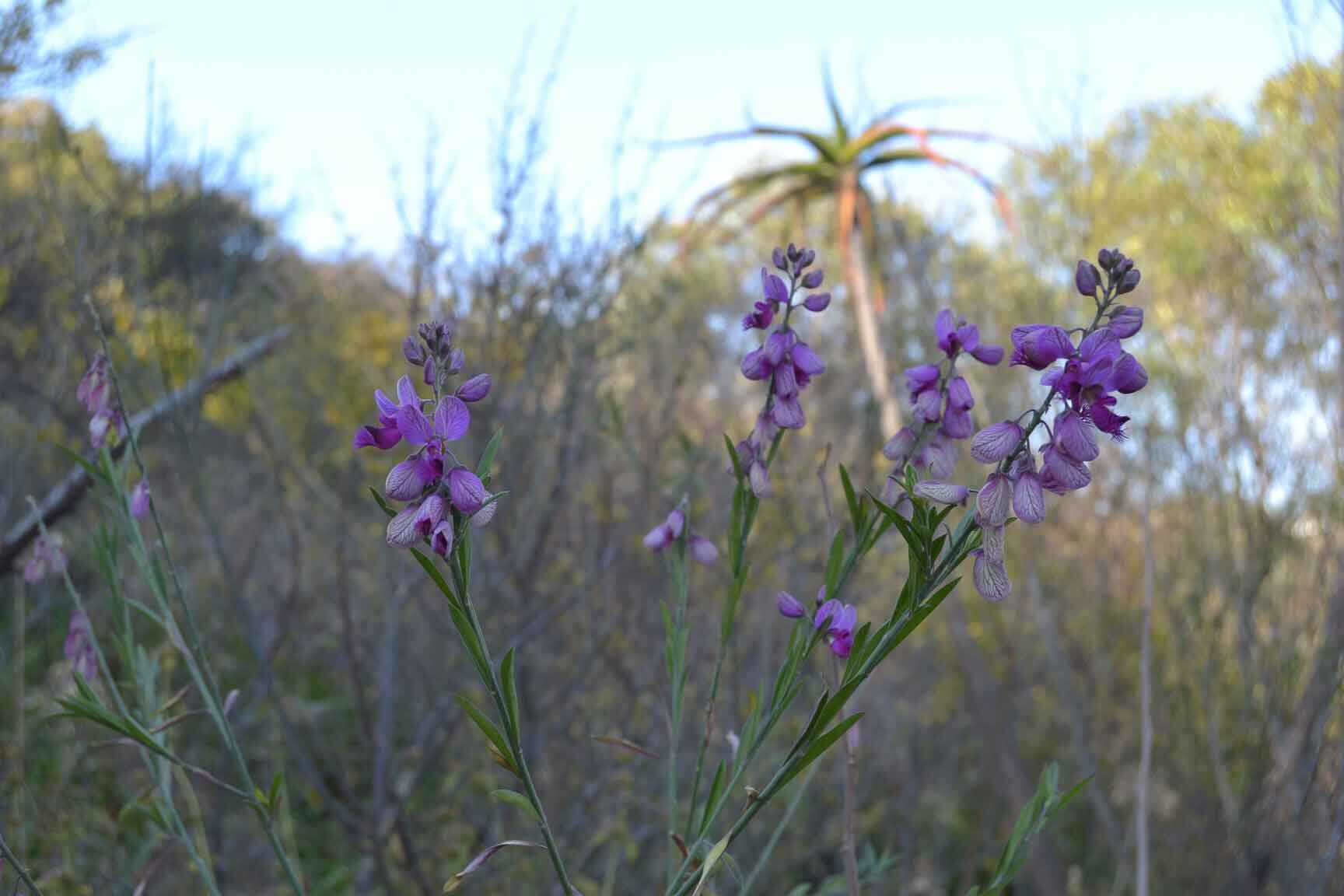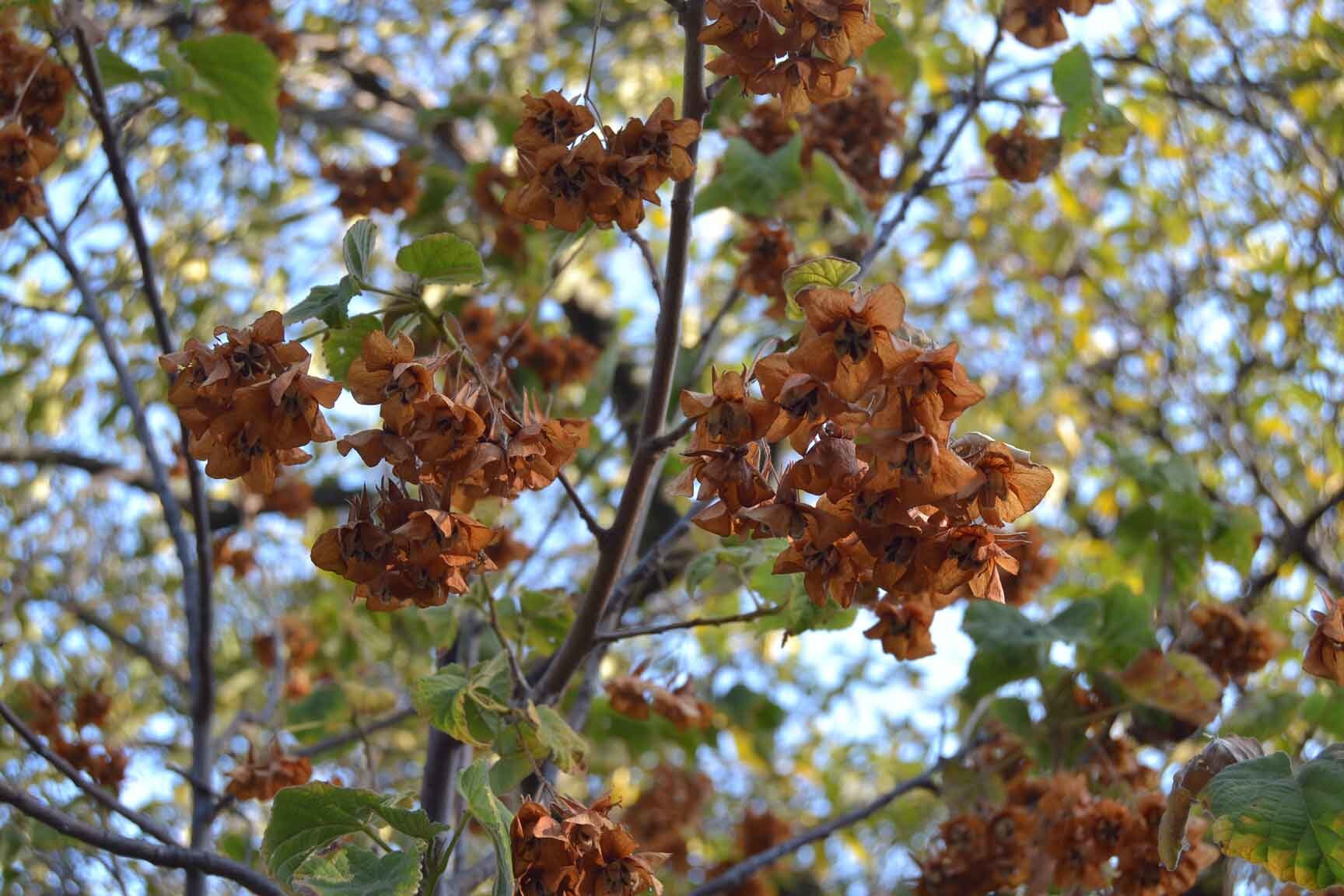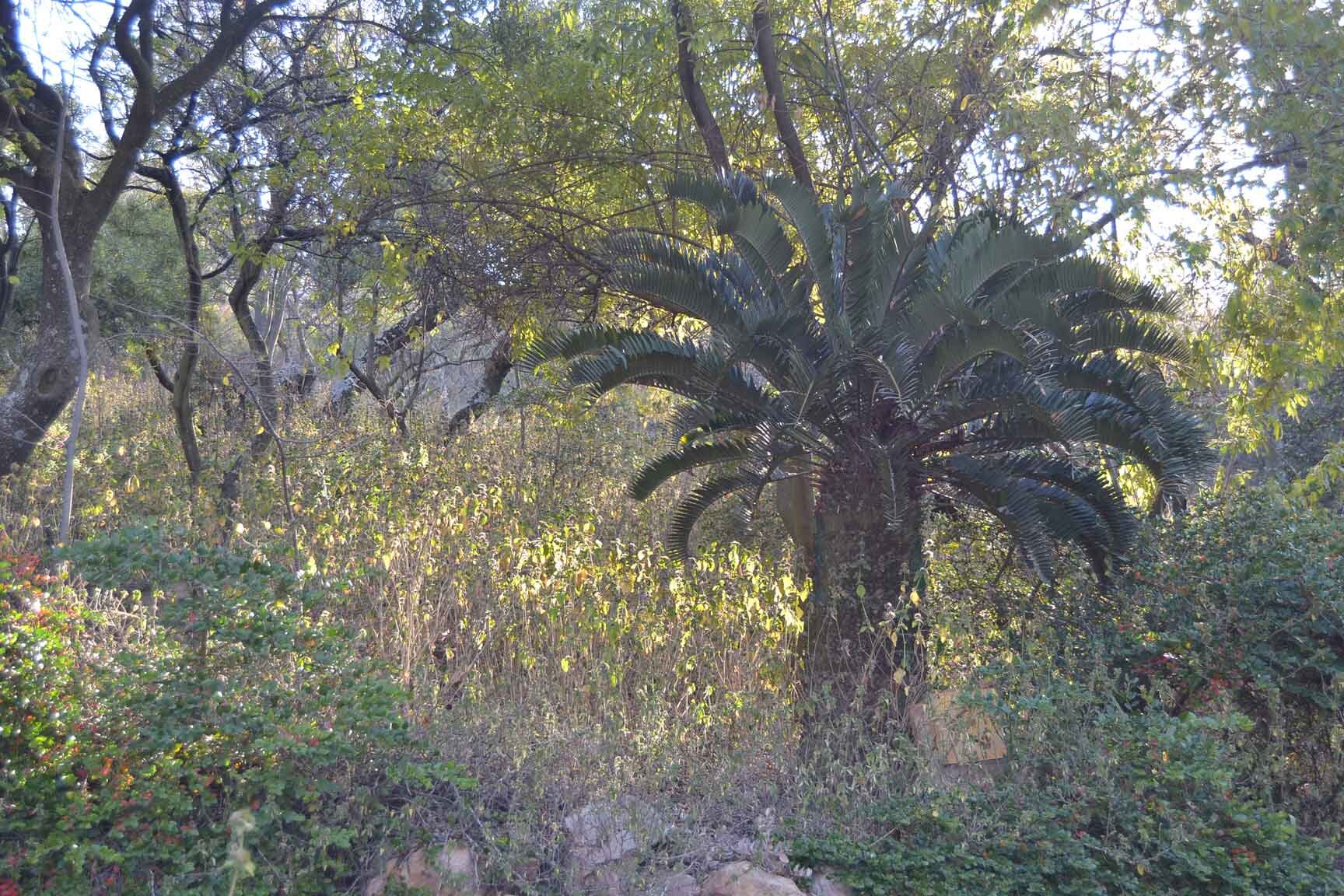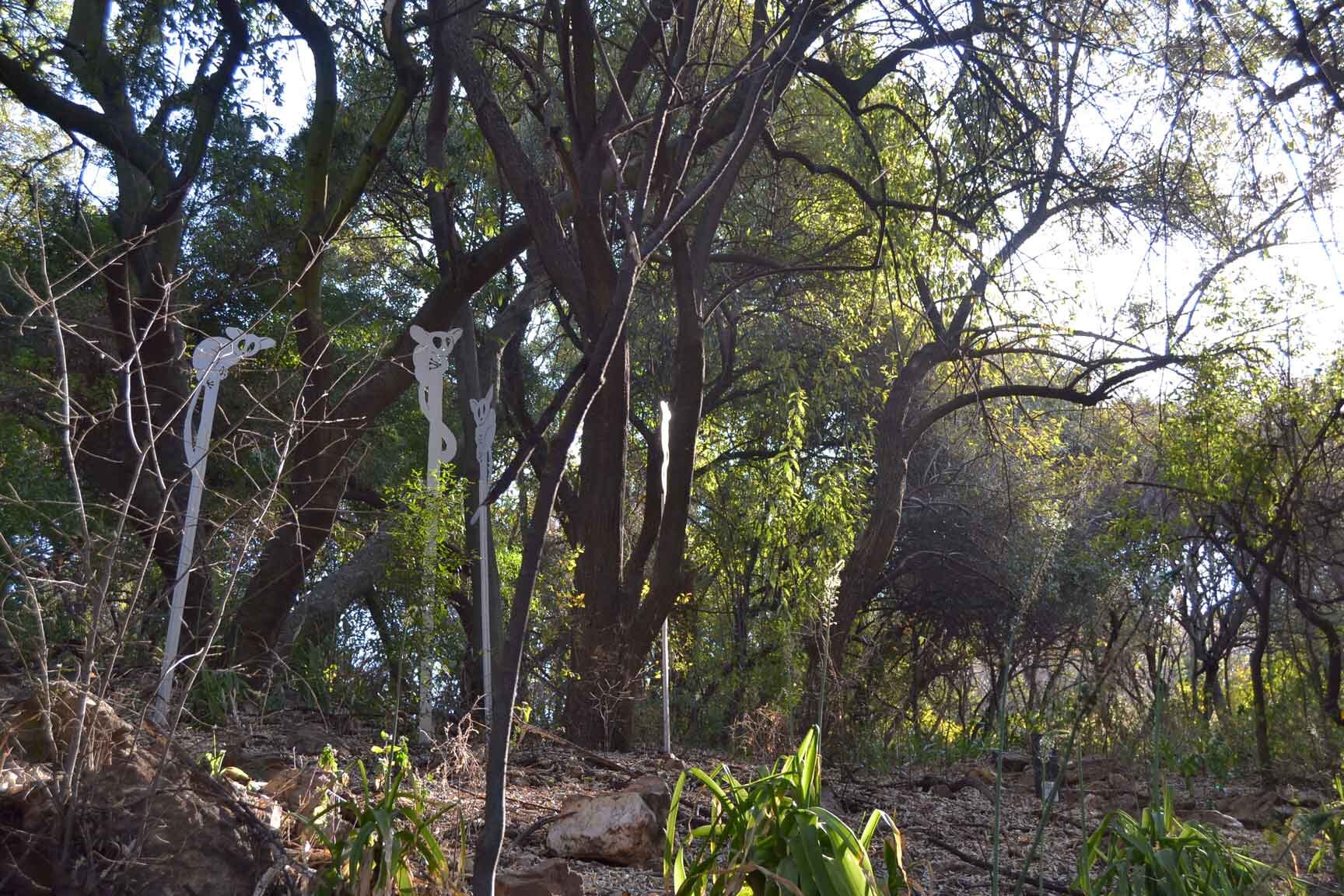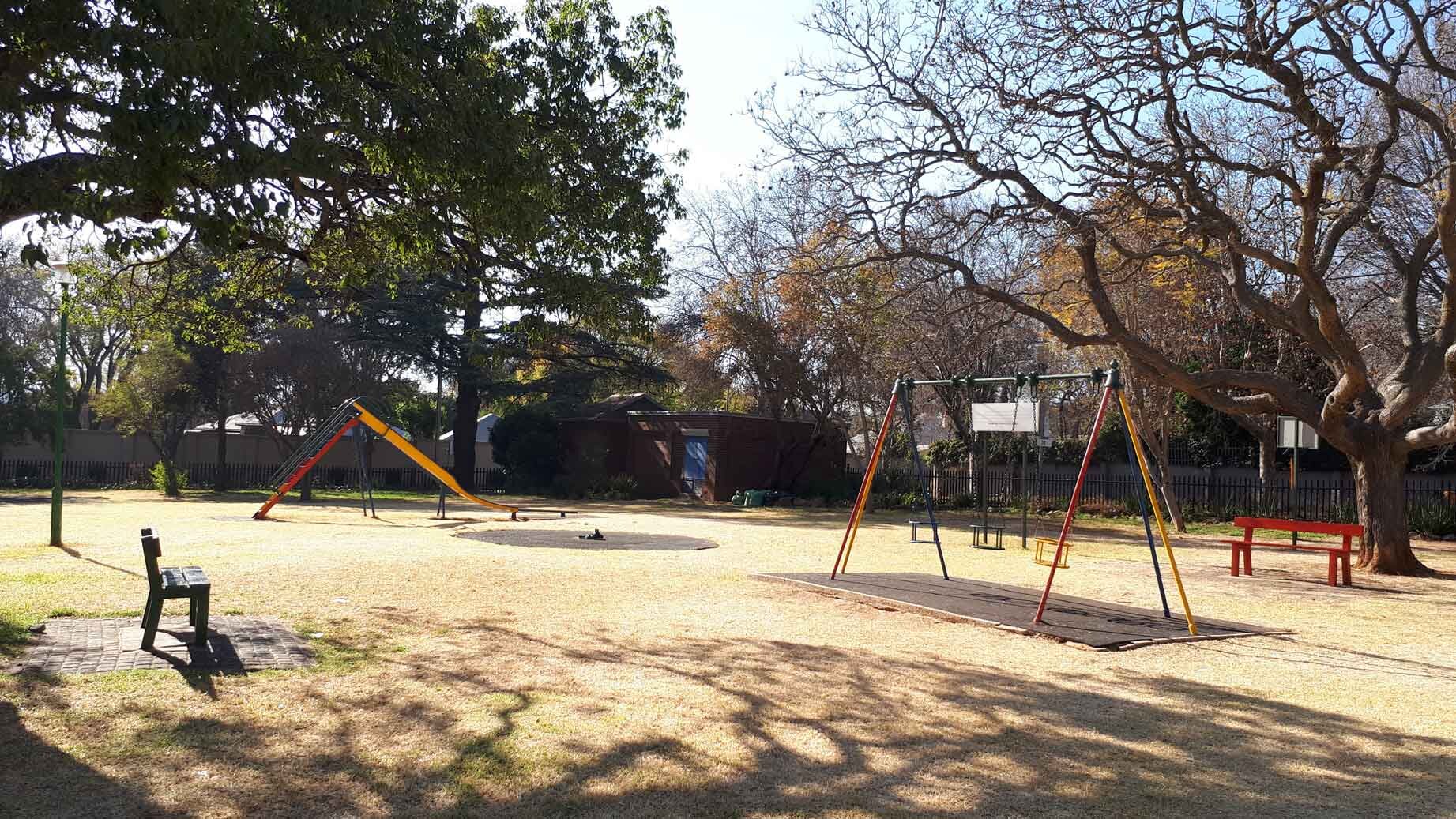In July this year I had an amazing opportunity to visit the United States of America for the first time. I travelled solo for the first part (Chicago) and then met up with a friend for the second part (Colorado). It was an incredible experience and I enjoyed every moment!
I realised that I have to write a three-part series on my visit as there is so much to say (and so many photos) - otherwise it will end up being a ten page blog!
Part 1 - Atmosphere
Part 2 - Architecture
Part 3 - Art
Lakeshore Trail stretches for miles along Lake Michigan and is used by pedestrians, cyclists and runners
Why Chicago?
I chose Chicago over New York City as it looked to be a destination for people interested in Architecture and the views over Lake Michigan always look so stunning. I had also listened to a landscape architecture lecture on the Chicago Riverwalk and how through successful landscape architecture and urban design intervention they had positively contributed to the city and created the connection between people and the water. (Something that is not very successful in South Africa)
The Chicago Riverwalk is a 1.5-mile-long promenade that revitalizes an underutilized industrial area into an active public space featuring restaurants, cultural activities, and amenities while reconnecting the Chicago River to the urban fabric of the city. The plaza, consisting of a terraced lawn, ramps, and a memorial, was designed in 2009 by Ross Barney architects. You can read more about the project here.
Chicago Riverwalk - a precedent study every landscape architect should see
Millenium Park
I also wanted to see the Bean :) And take a selfie with it (because some people call me Bean and so I feel a connection to it, call me crazy, or call me Bean). Apparently people get upset that it gets called The Bean and would prefer people to call it by its official name - Cloud Gate. Millenium Park is also a wonderful place for a landscape architect to visit. I loved Lurie Garden and the public and green spaces in the city are so well designed and maintained.
Crown Fountain - an interactive water feature in Millenium Park
Summer in Chicago
Chicago is known to have brutal winters so when summer comes Chicagoans make the most of the fine weather and spend as much time outdoors and on the Lake as they can. I visited in July when summer was in full swing so it really felt like there was a constant party vibe and I saw tons of gatherings and social events. It really appeared to me that the city took initiative in organising fun events and opportunities for the city to come alive. One such event was the market along State Street called Sundays on State. I also saw a rave concert at North Avenue Beach. The whole atmosphere of the city was fun and festive!
Cycling
I used the Divvy communal bike sharing system to get around and enjoyed the freedom of exploring this city at my own pace and saw and did whatever I felt like. The perks of solo travel! Cycling along the Lakefront Trail was really a highlight - stunning views of the Lake and the City.
There is so much to see in Chicago, I felt like I only scratched the surface after my few days there. I would highly recommend travelling there, especially if you love inspiring gardens, art and architecture!
See these Onion/ Chive like plants in the front of this picture - this is what is assumed to be where the name of the city is derived from. The name “Chicago” is derived from a Native American word. The generally accepted theory is that the name was derived from a Miami-Illinois word “shikaakwa” or the “smelly onion.” The Miami-Illinois Indians named natural landmarks after the plants found nearby. The area around the mouth of the Chicago River was known as “Shikaakwa” by the local population because smelly onions grew around the watershed. French explorers “Frenchified” the word and turned it into “Shecaugo” for their reference
Sculpture on the Riverwalk Promenade of ‘the Chive’ where the name Chicago originates
Until Part 2,
~G.S








